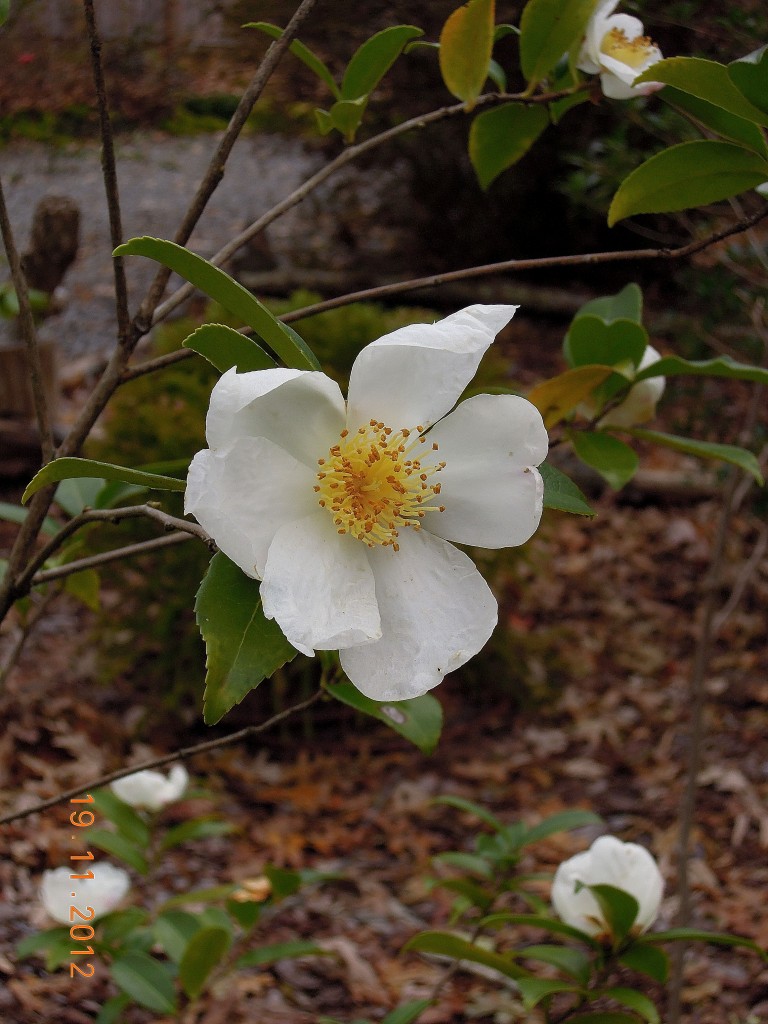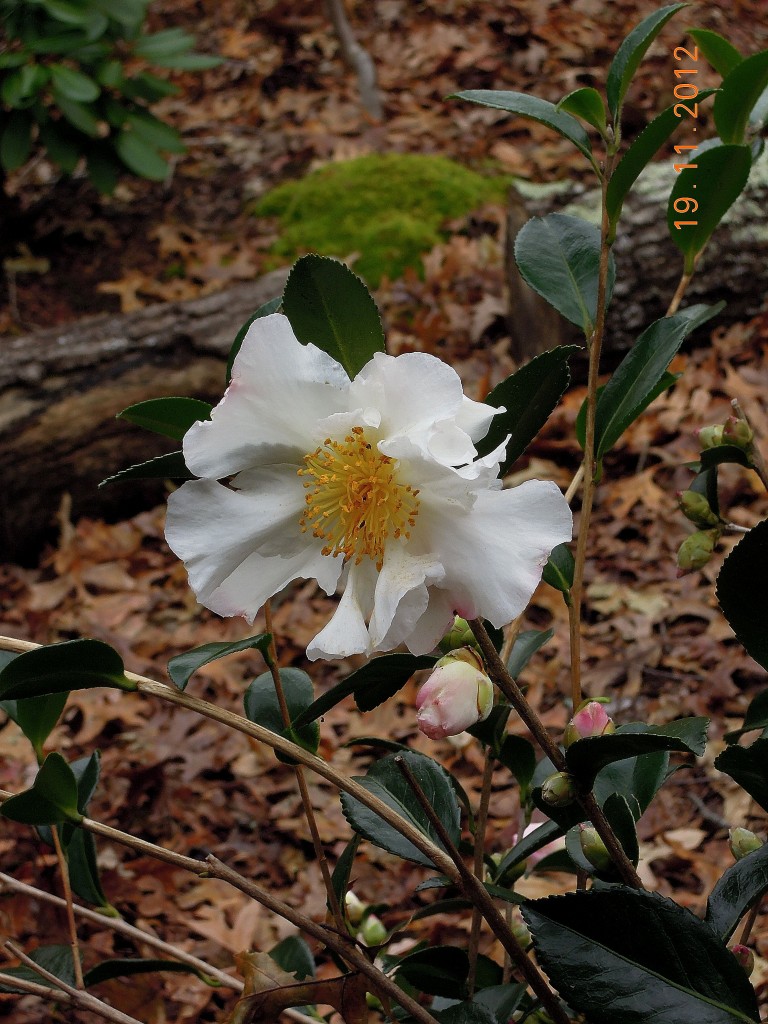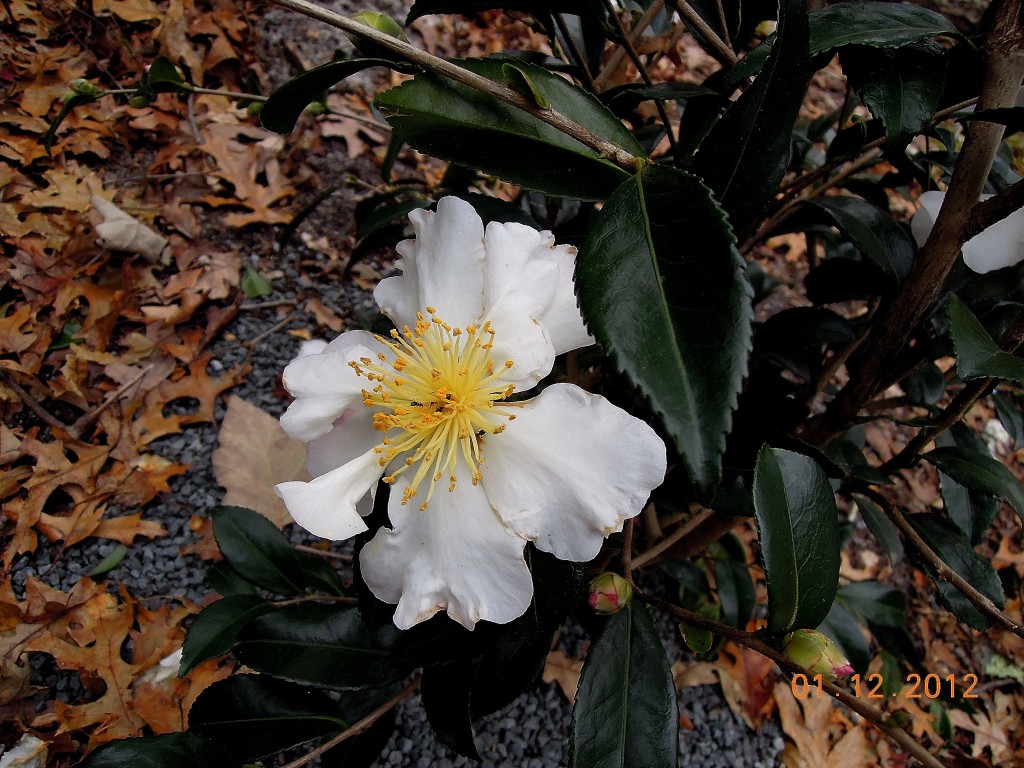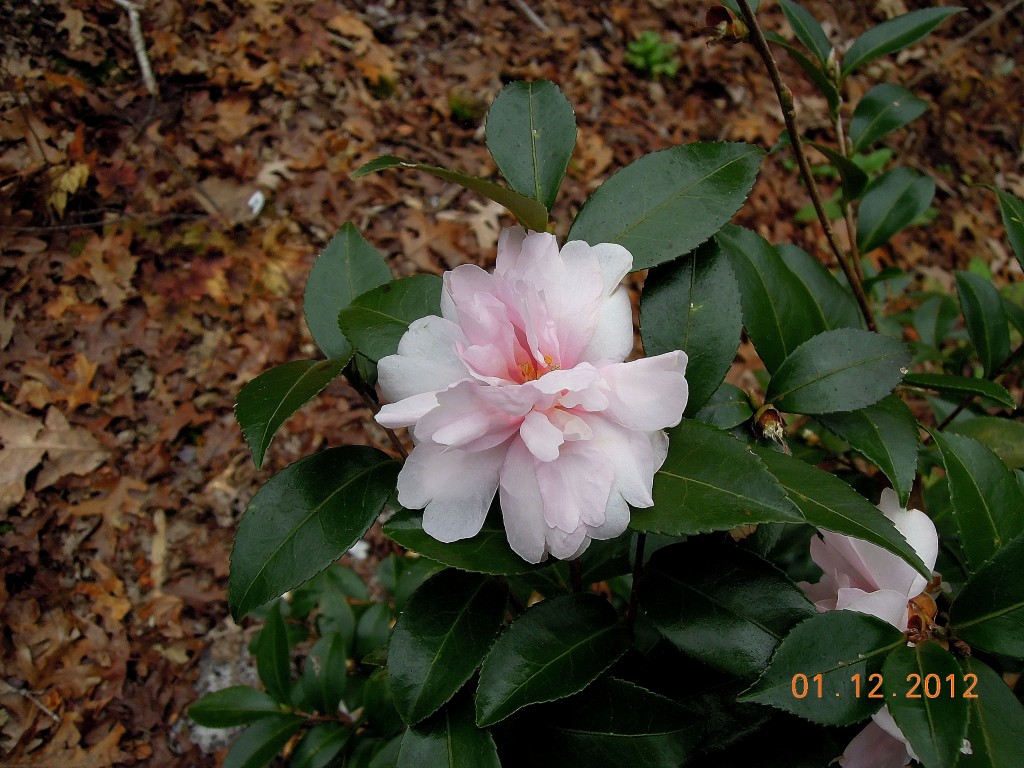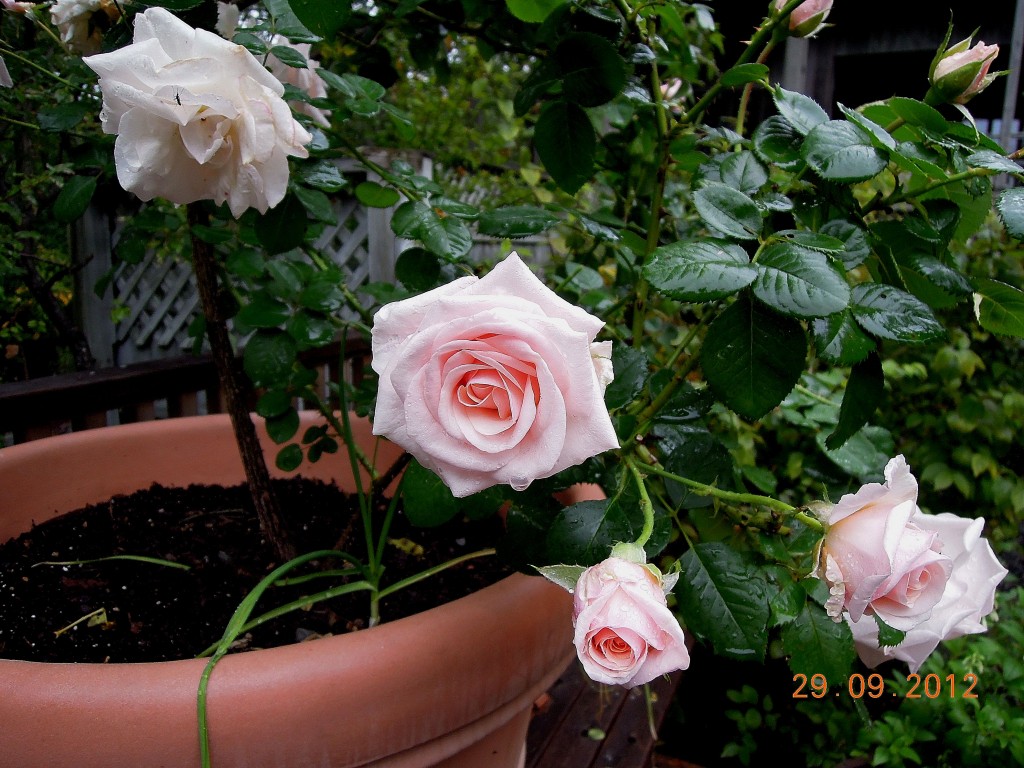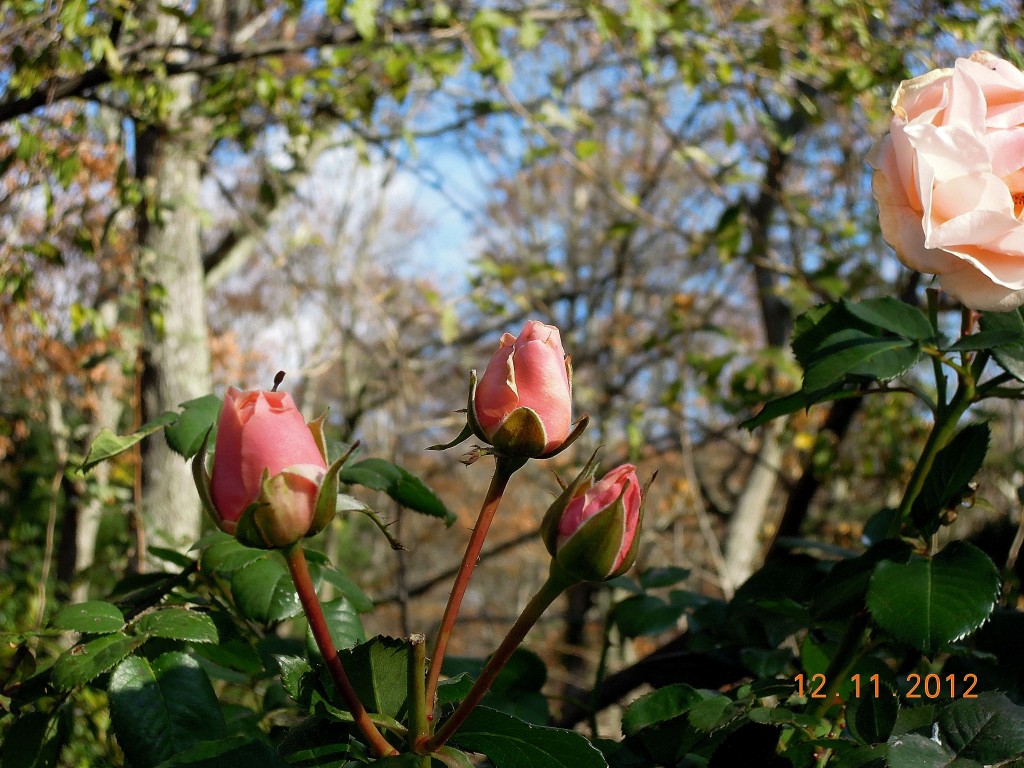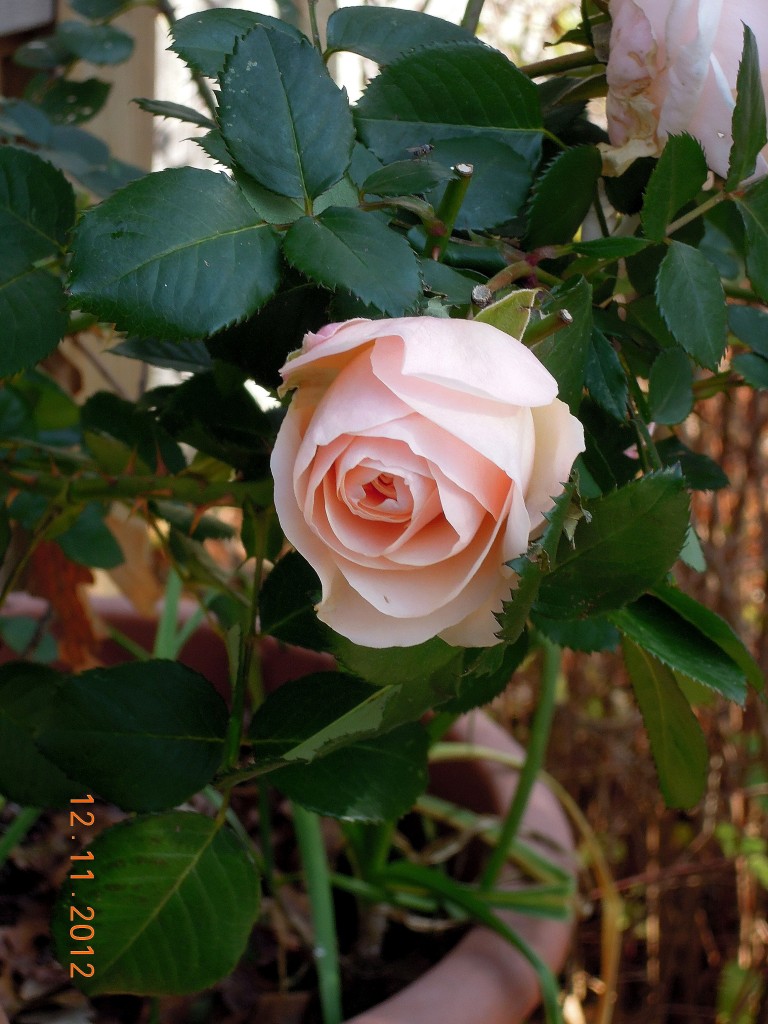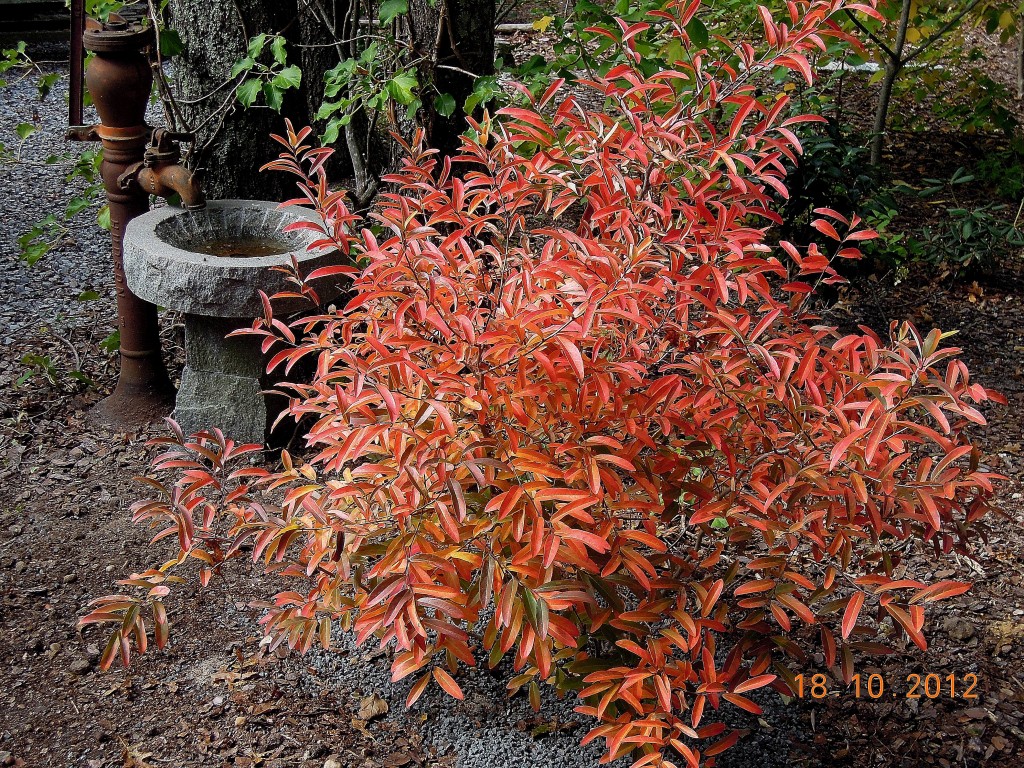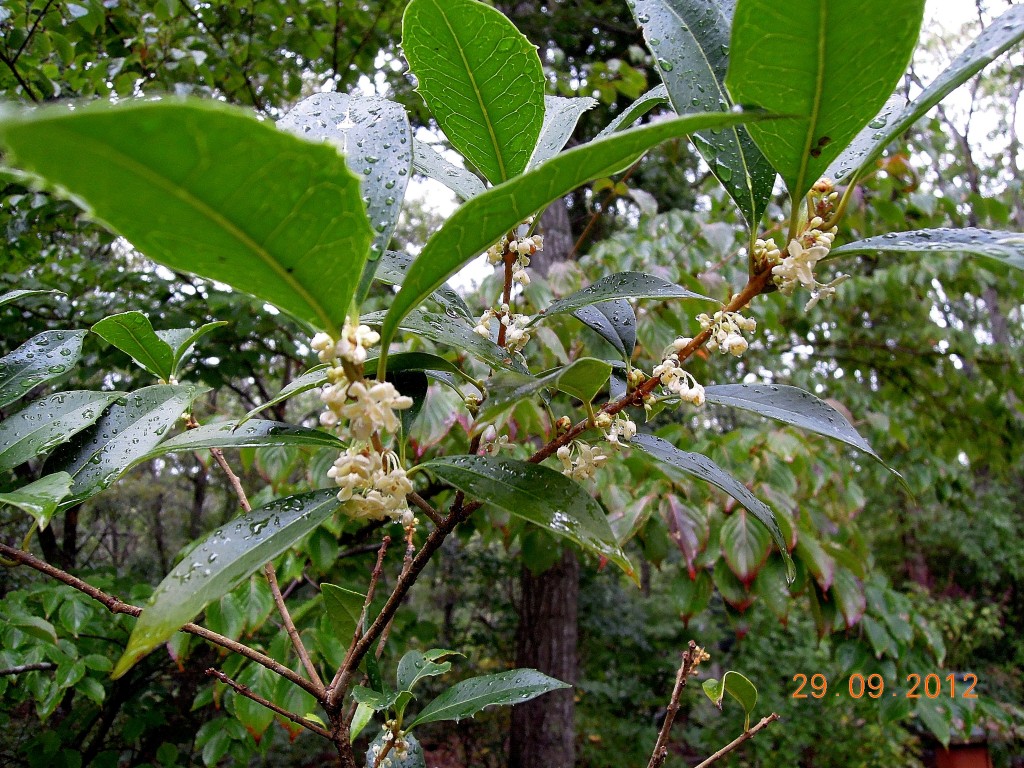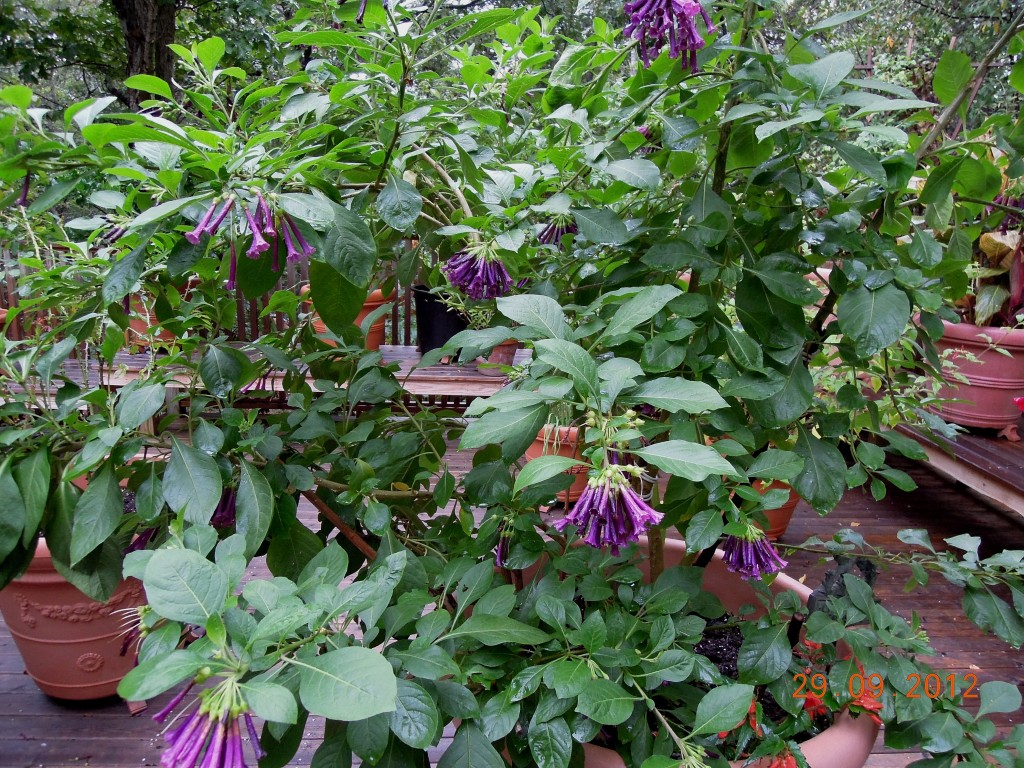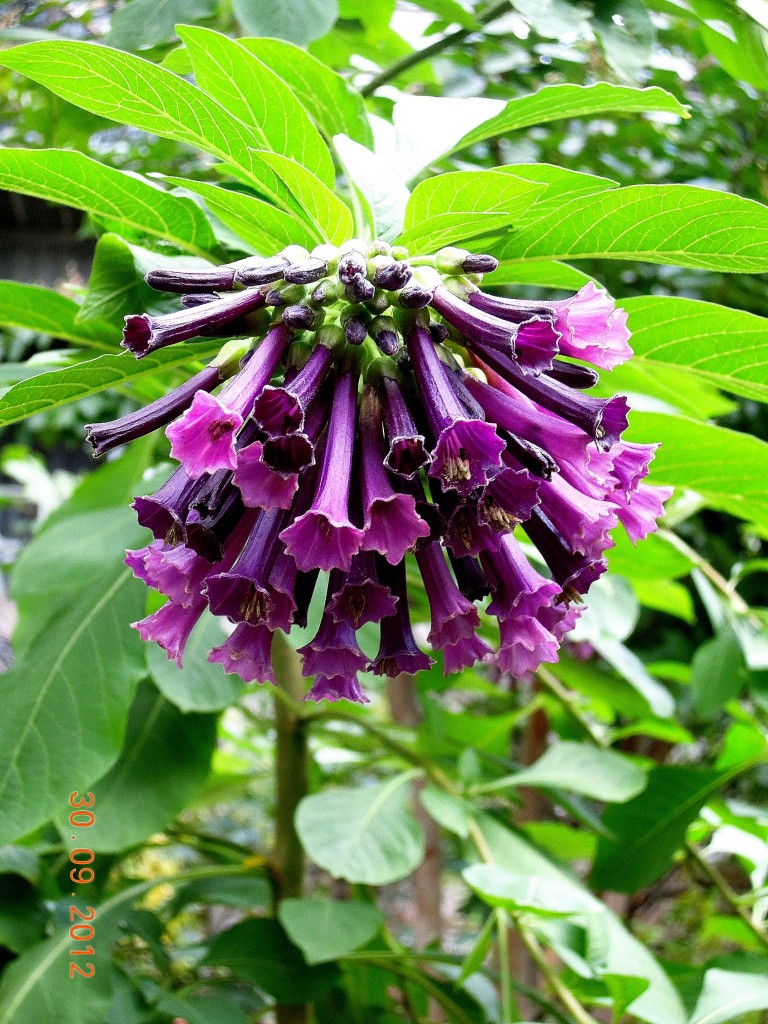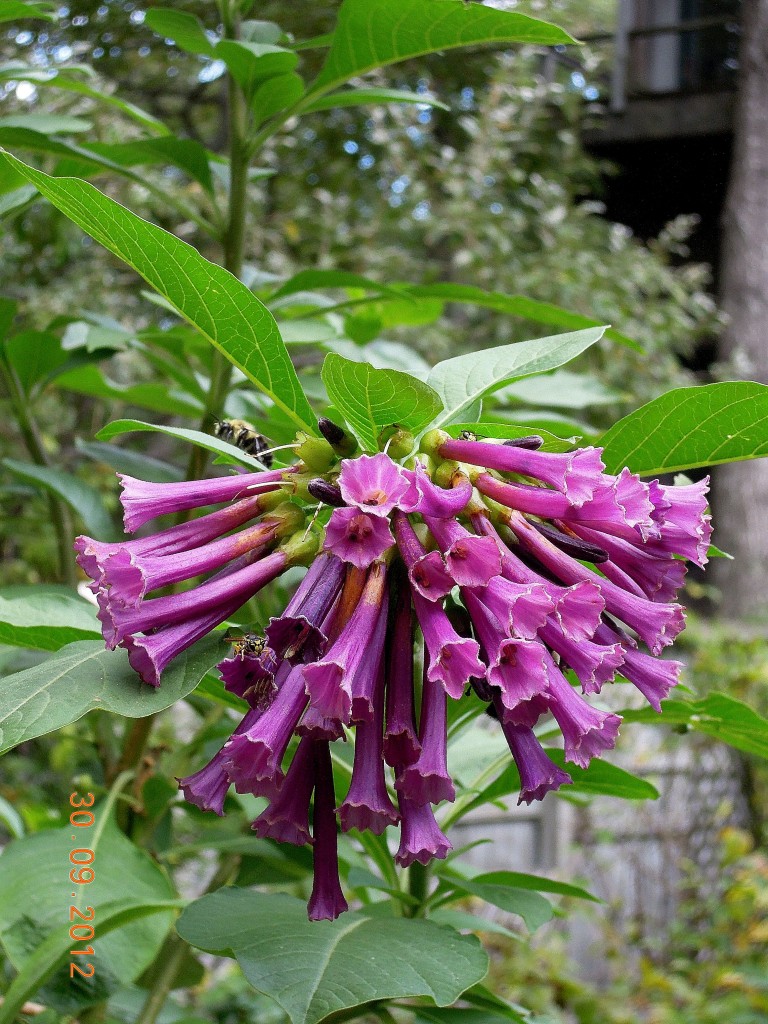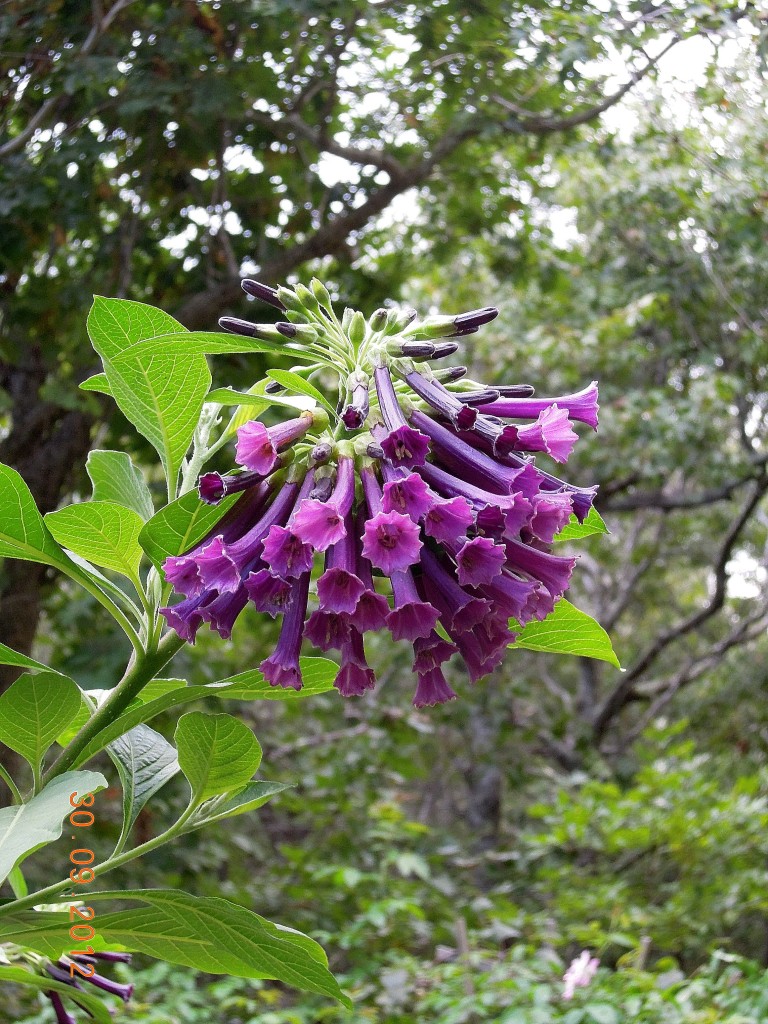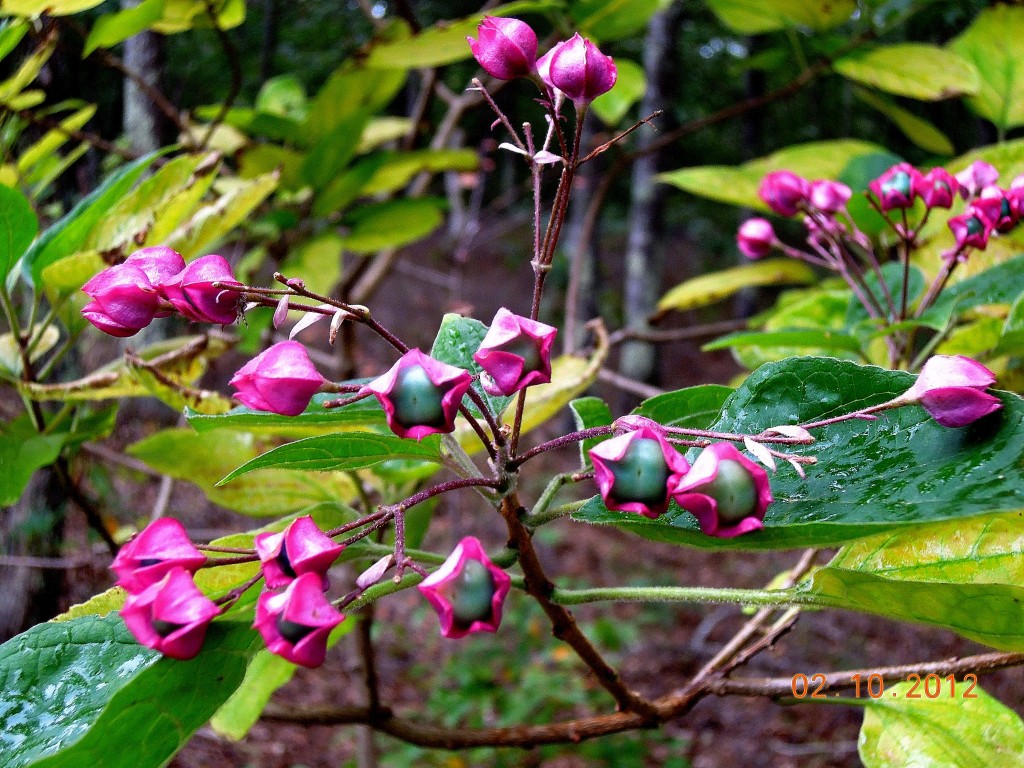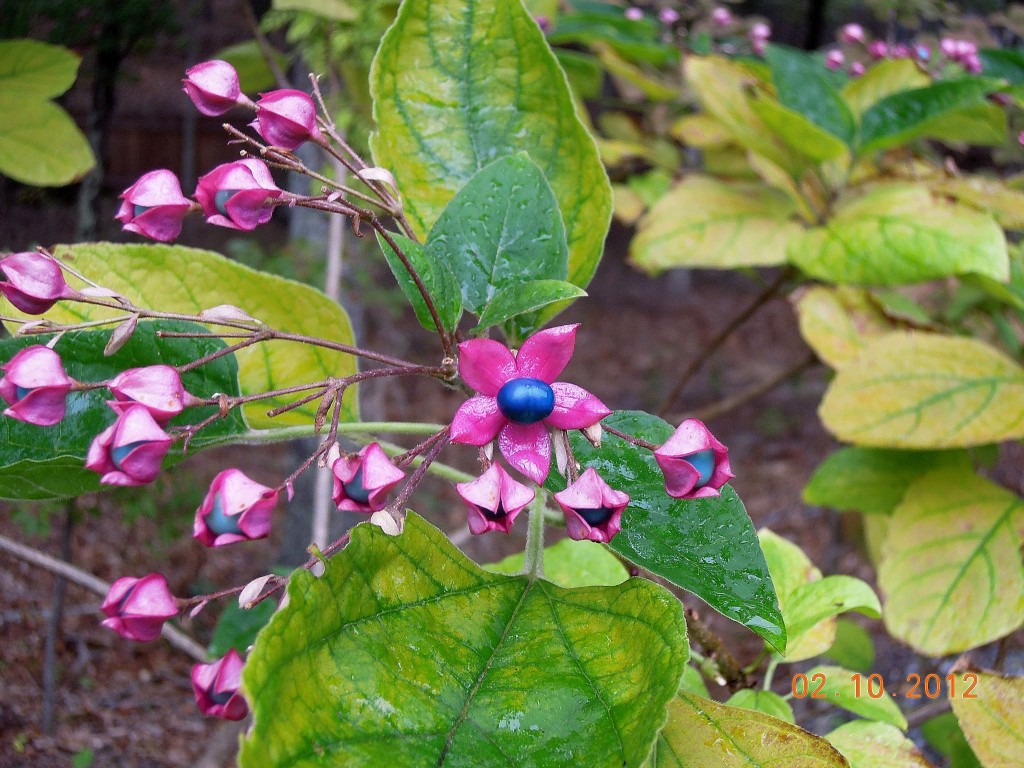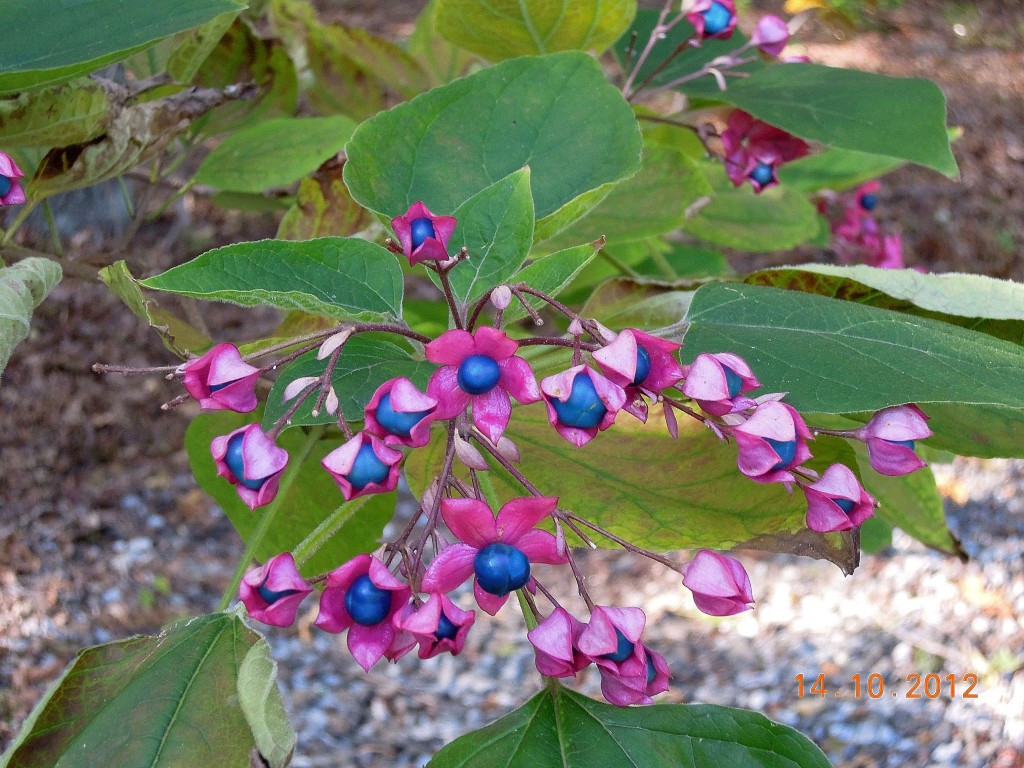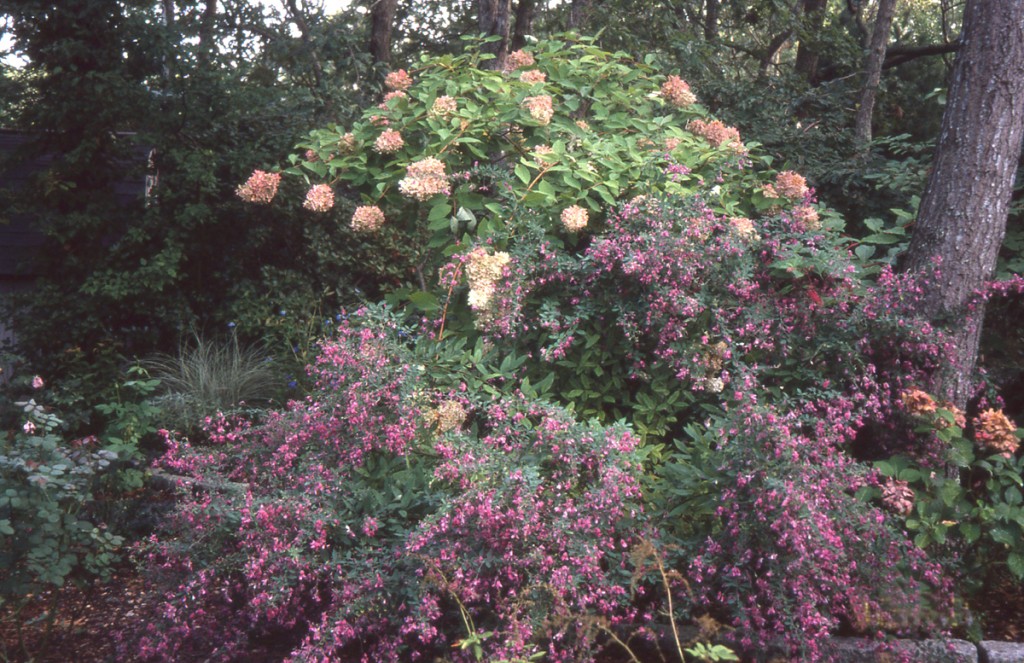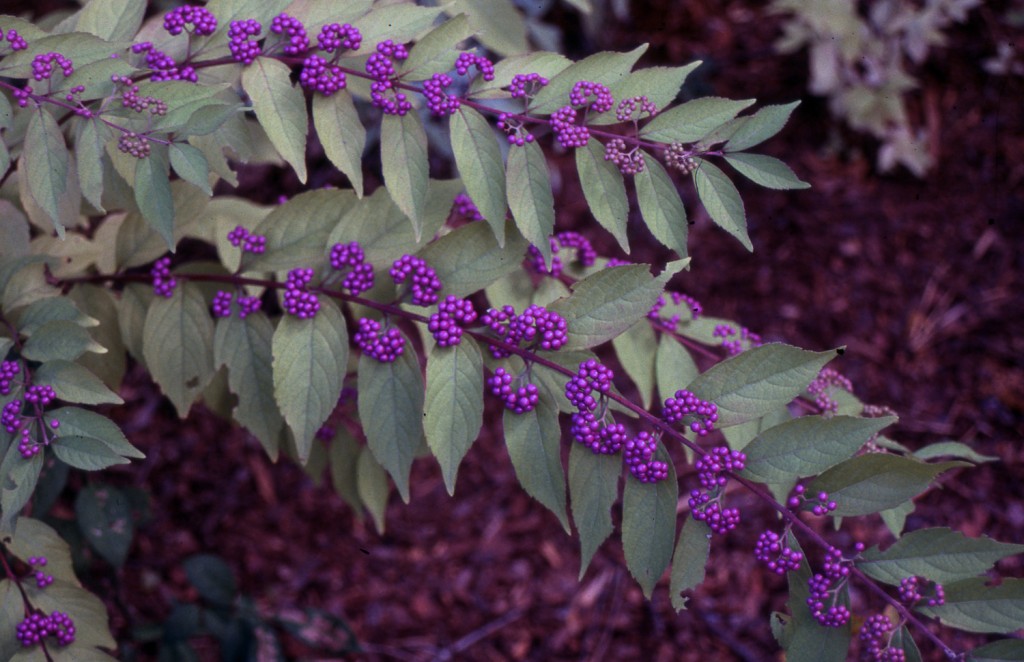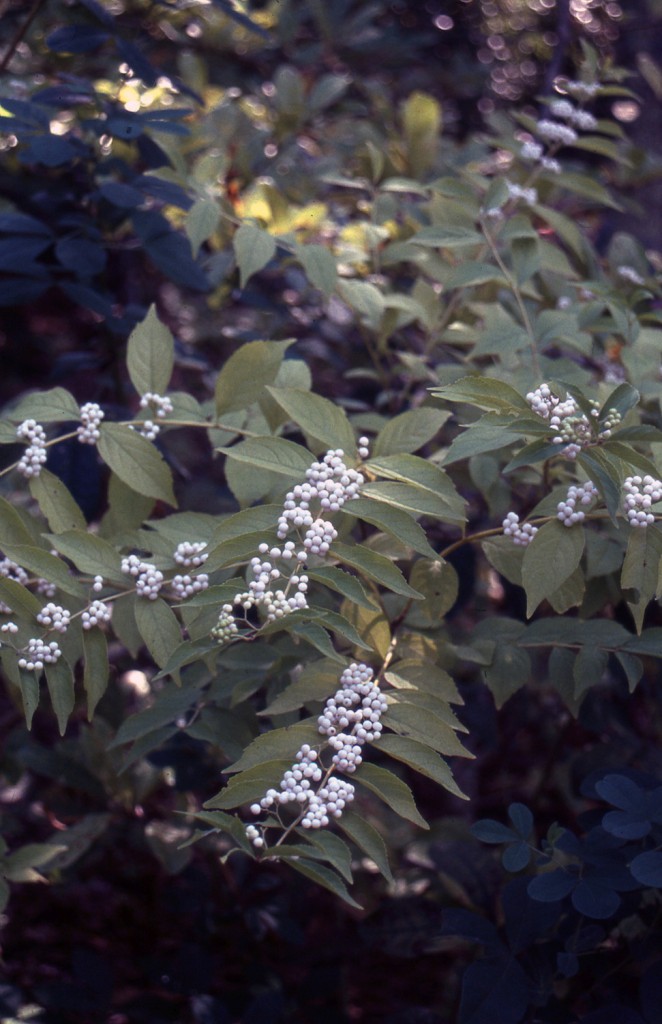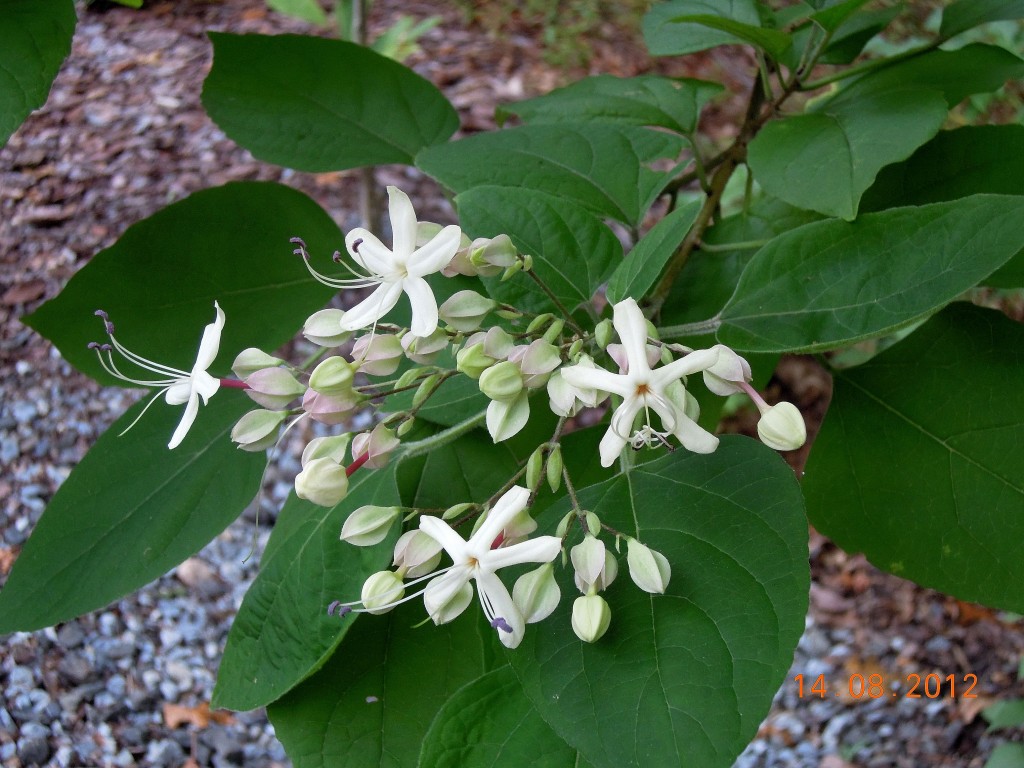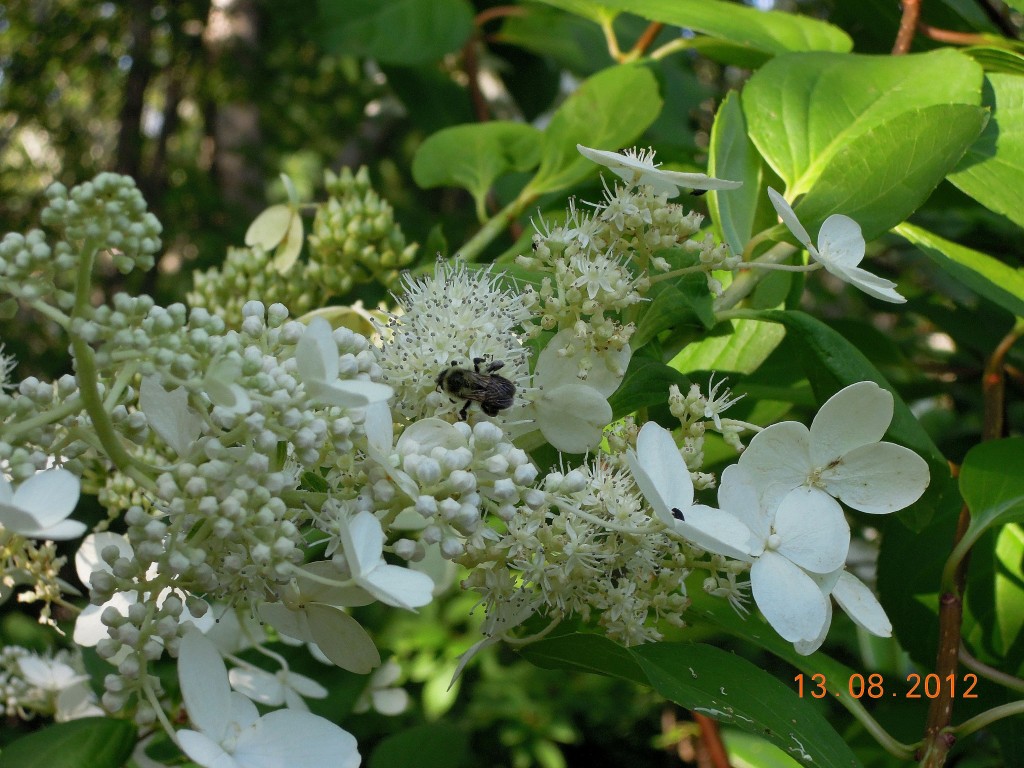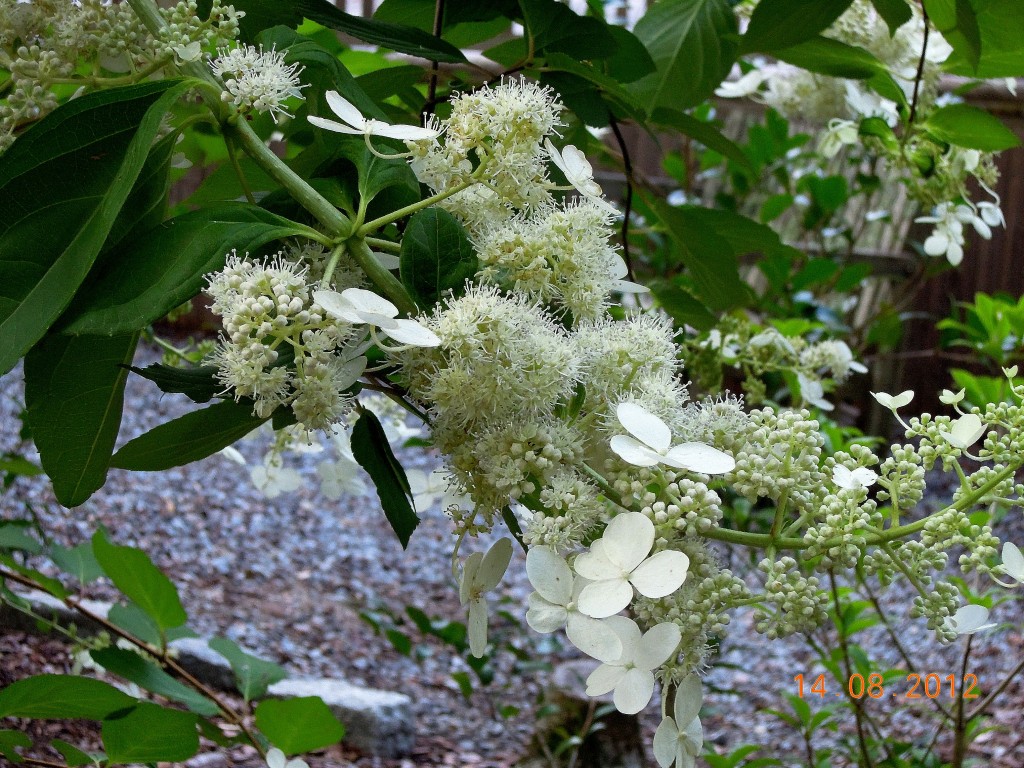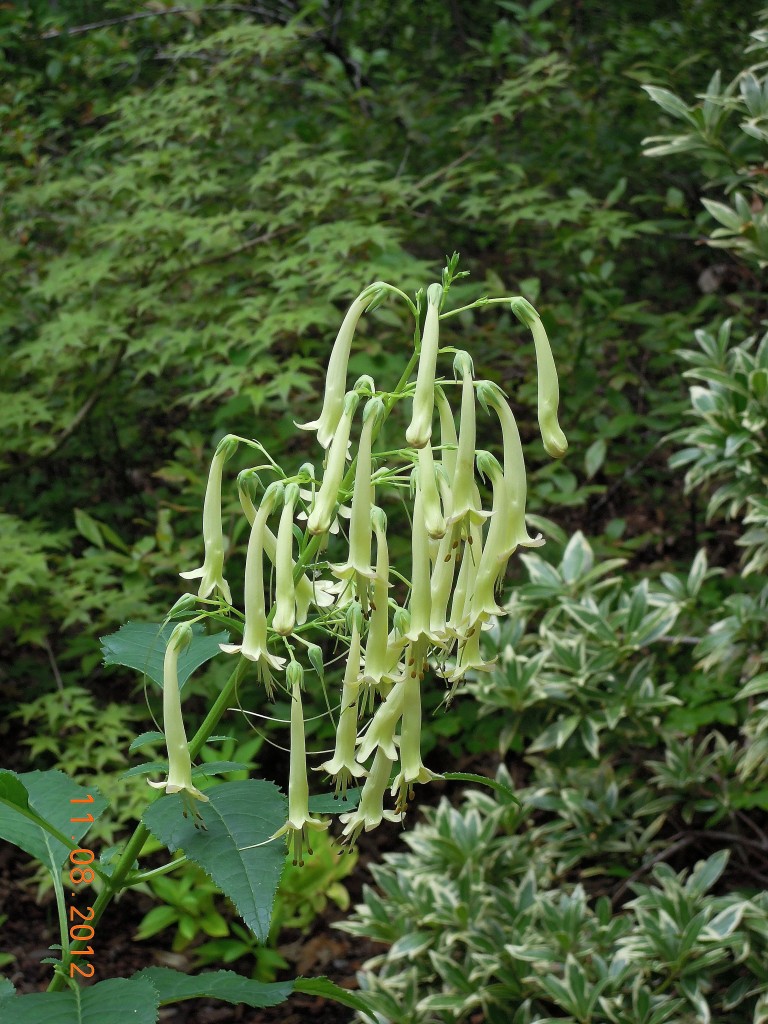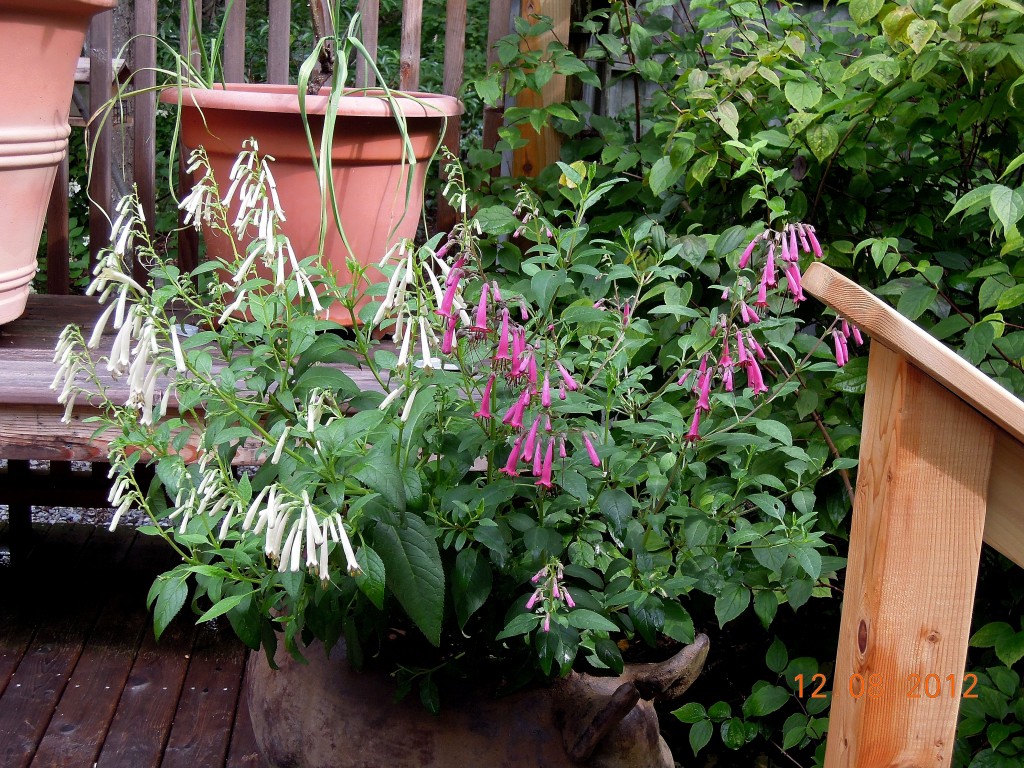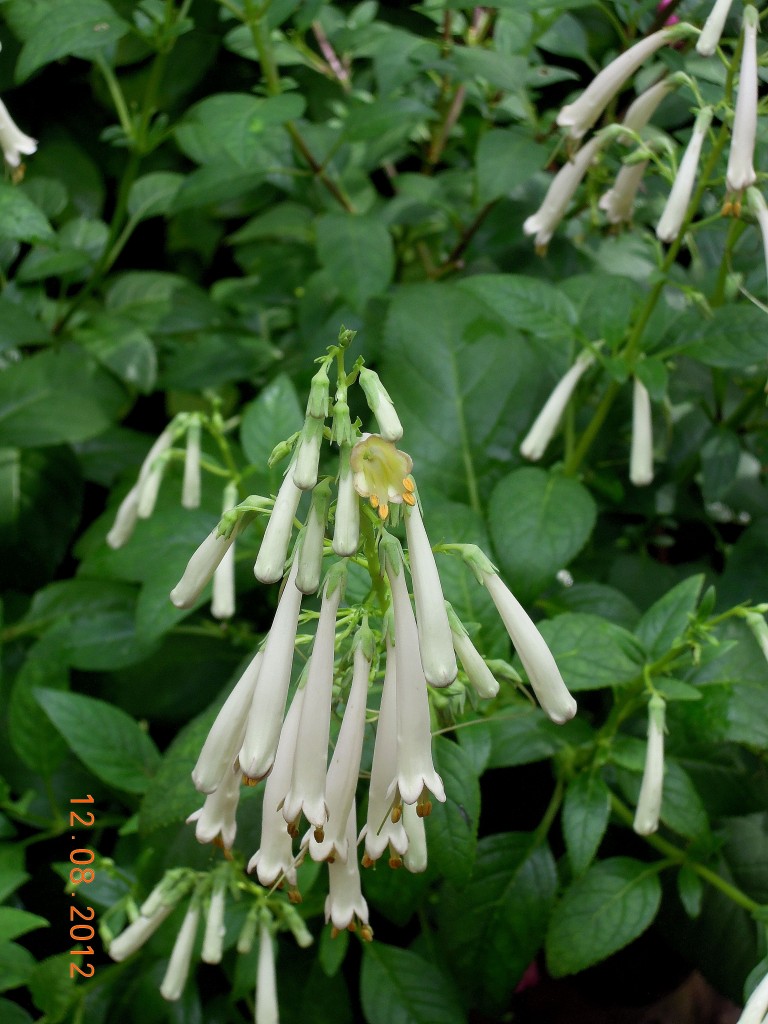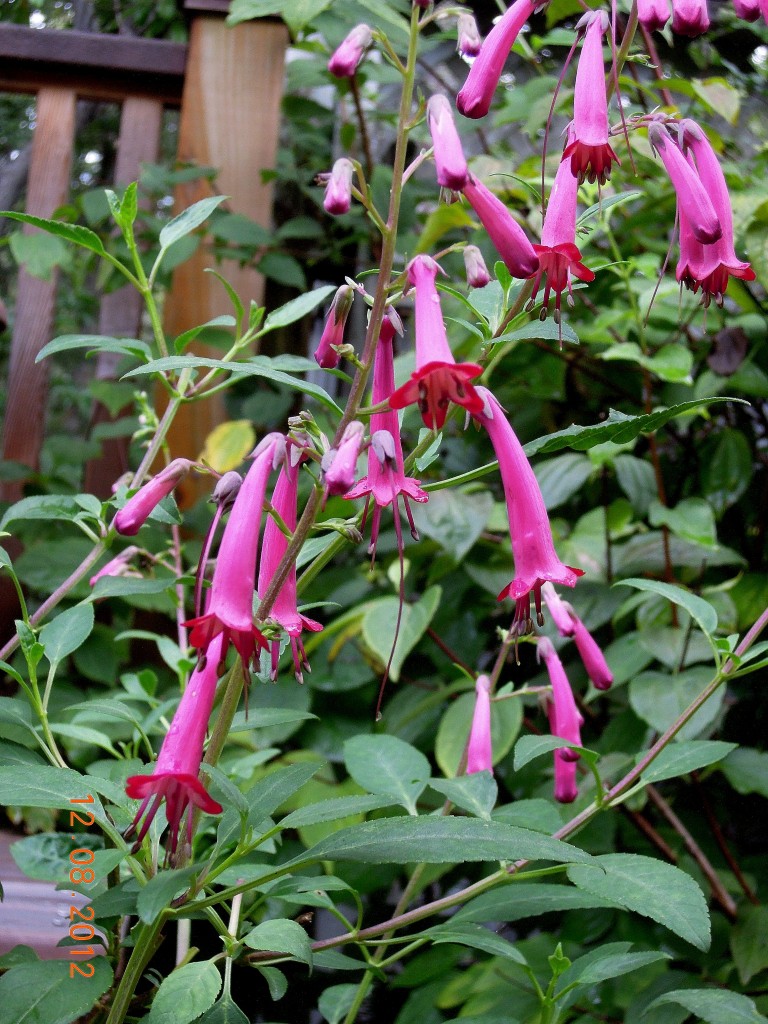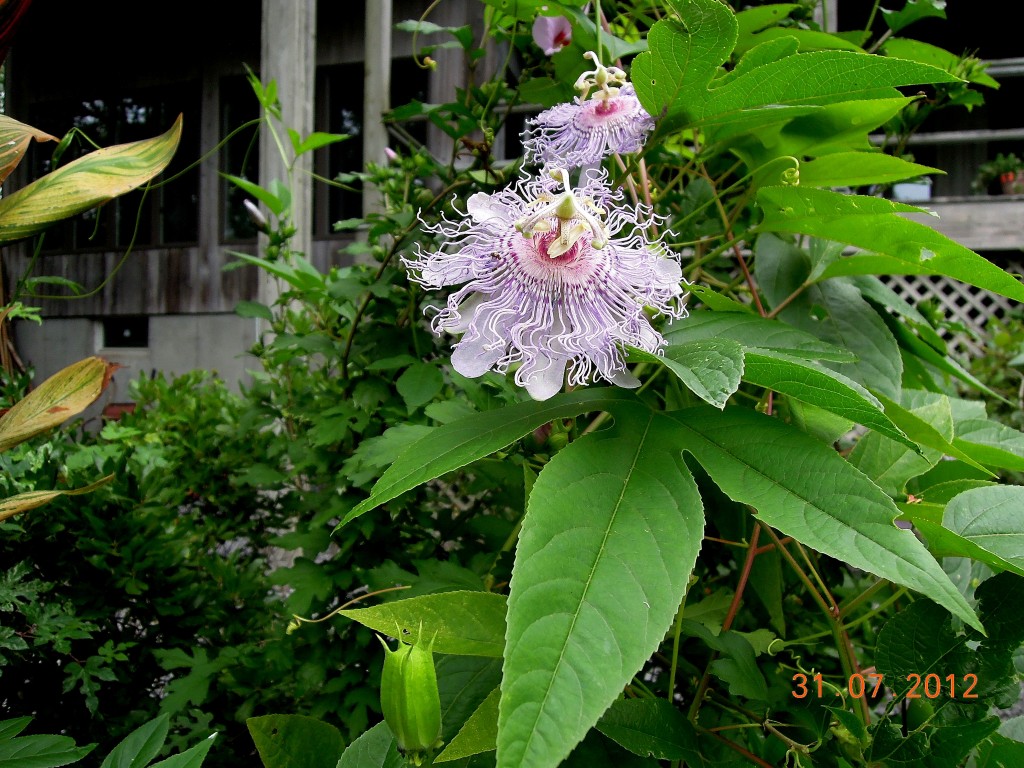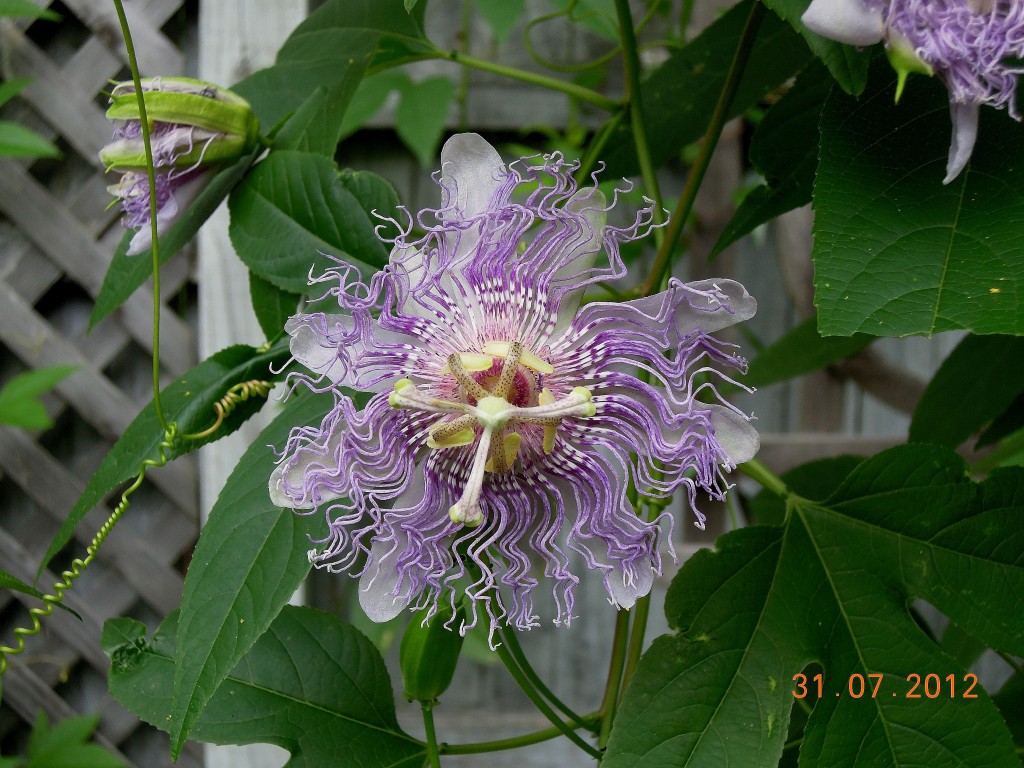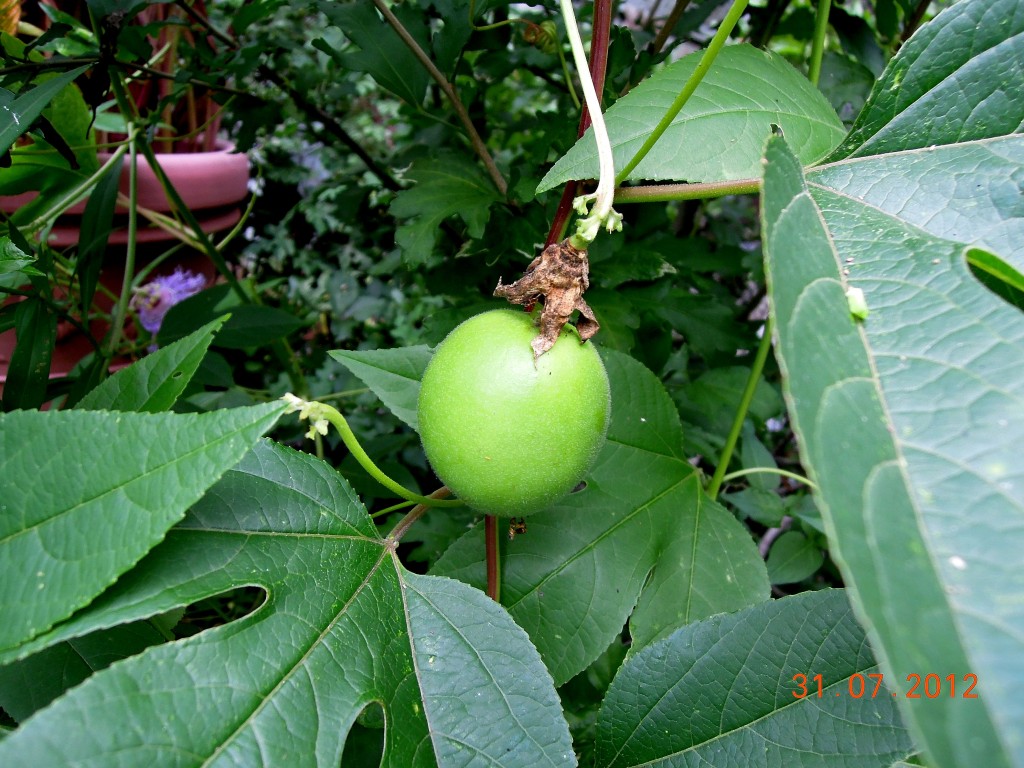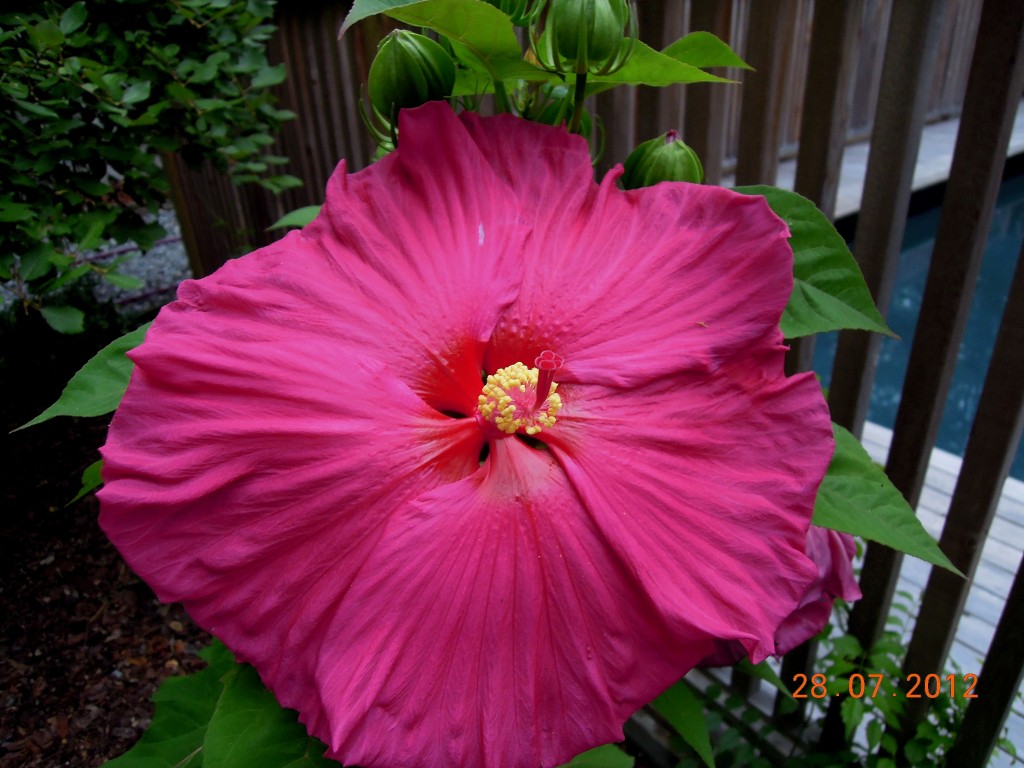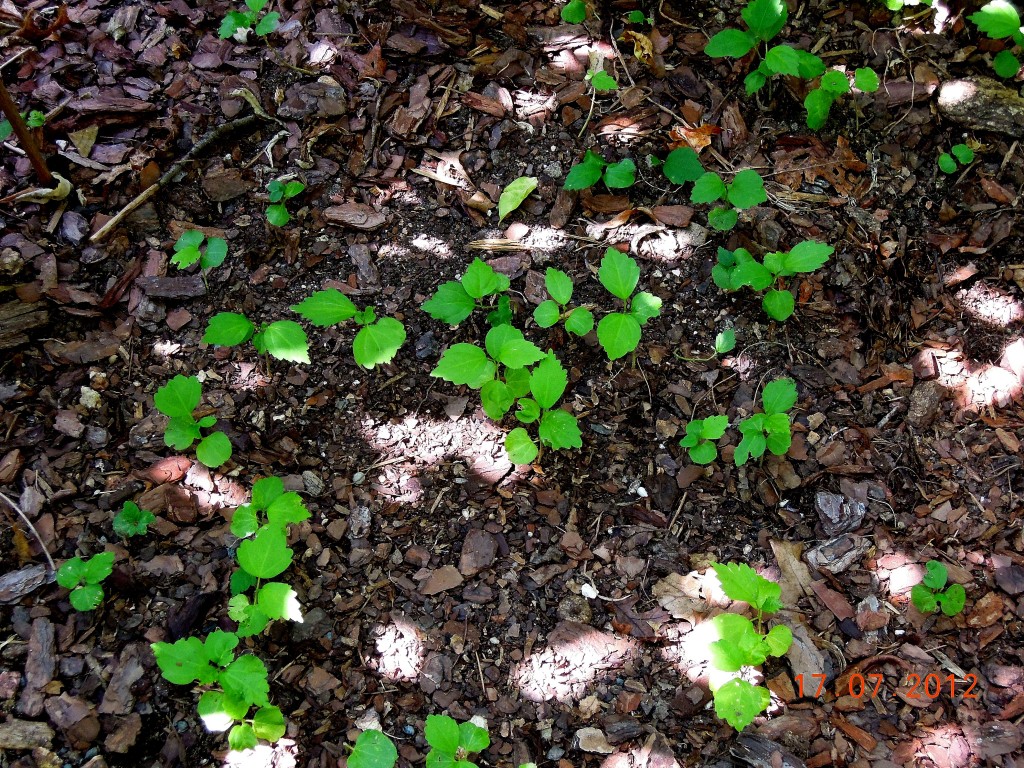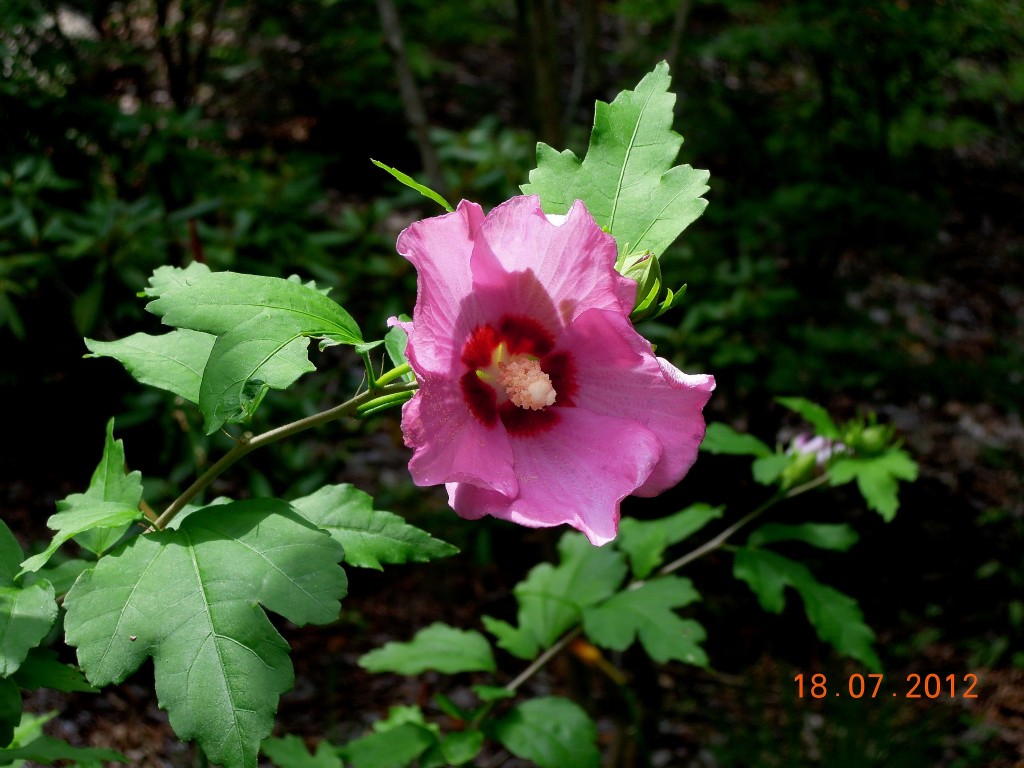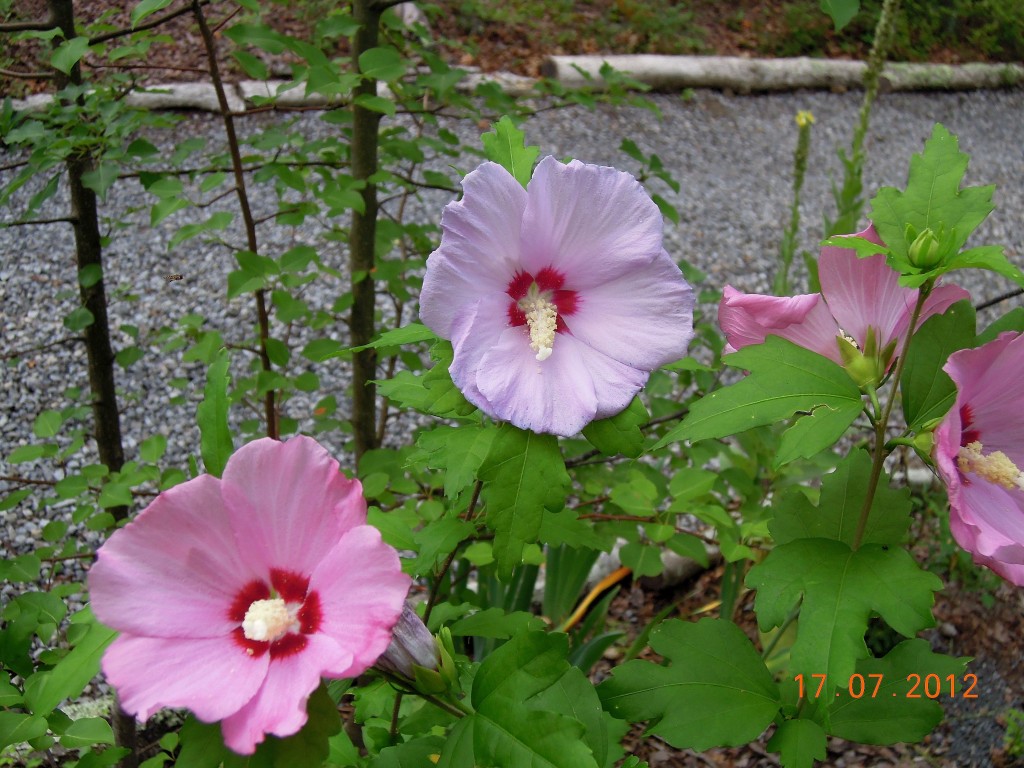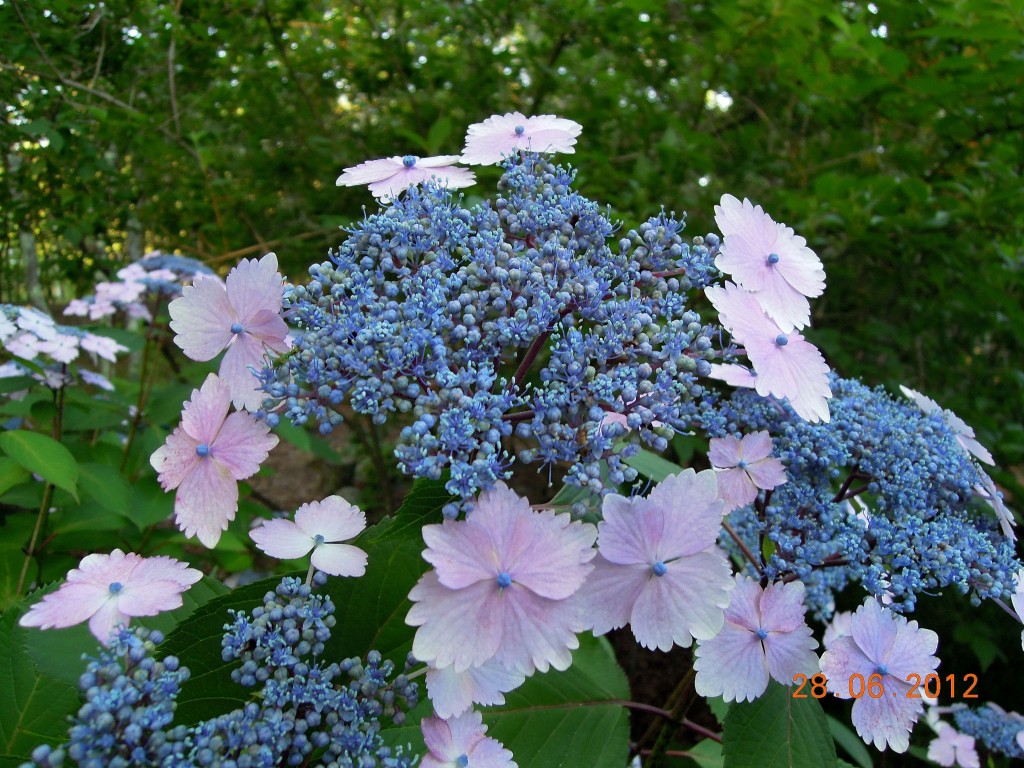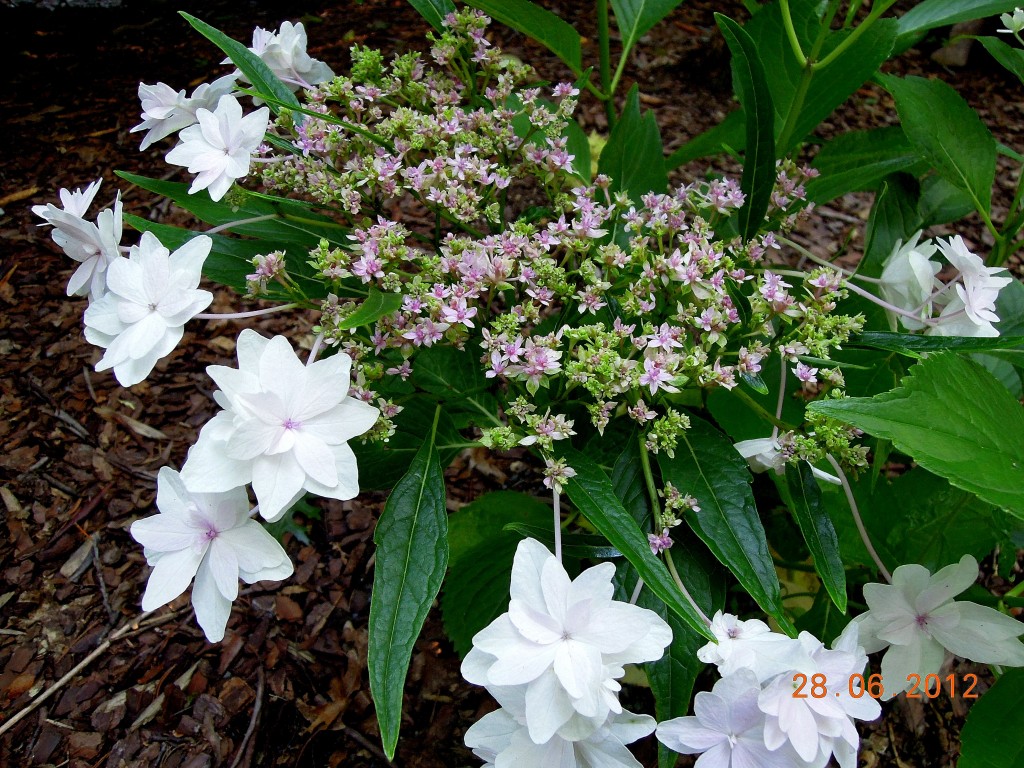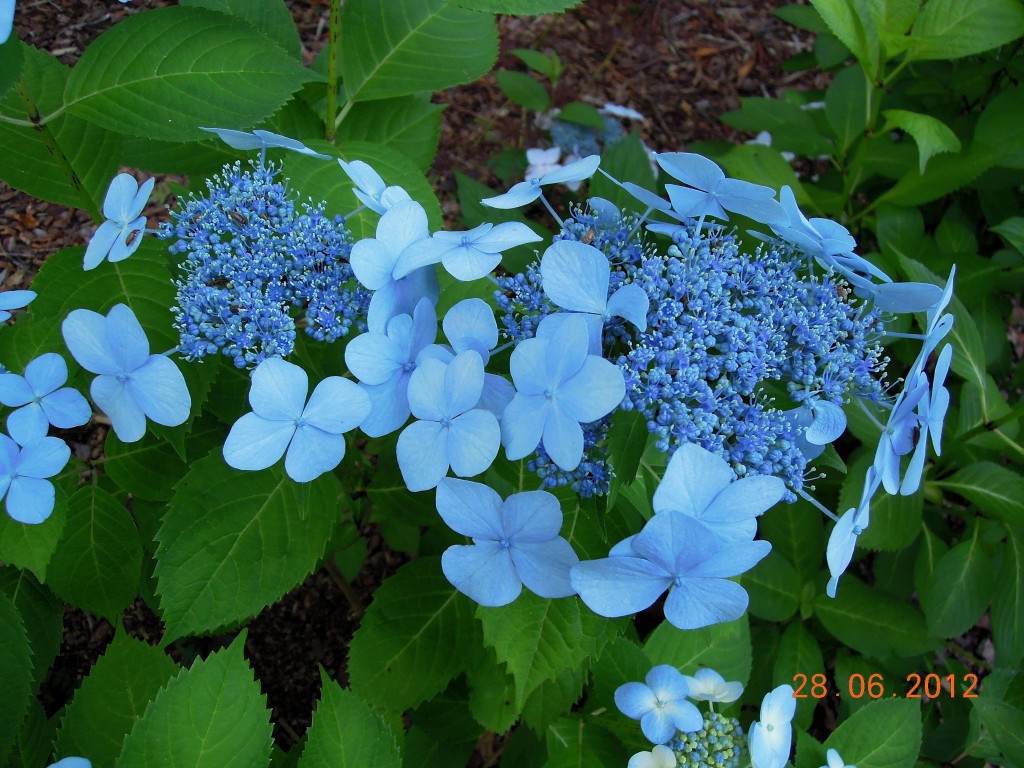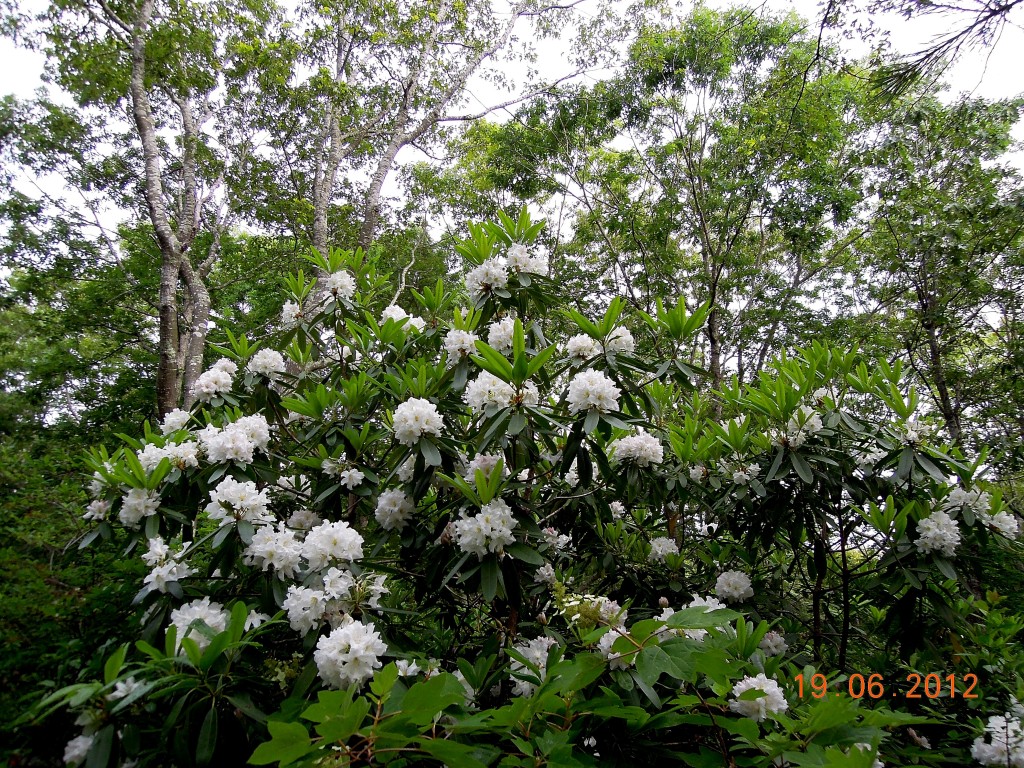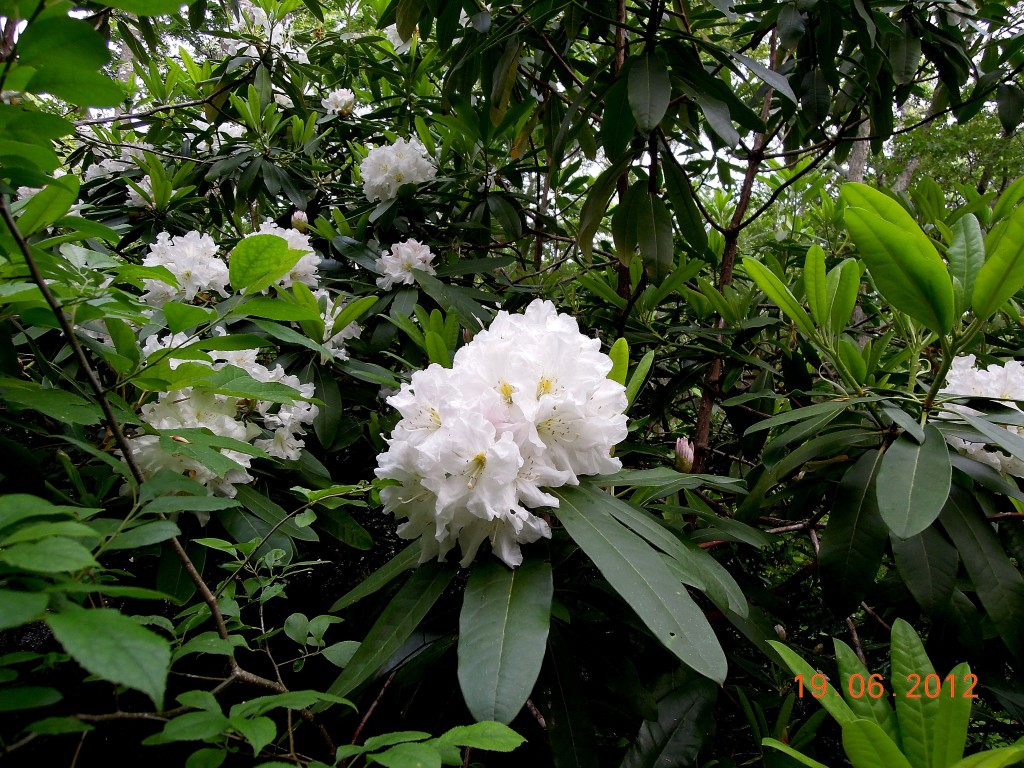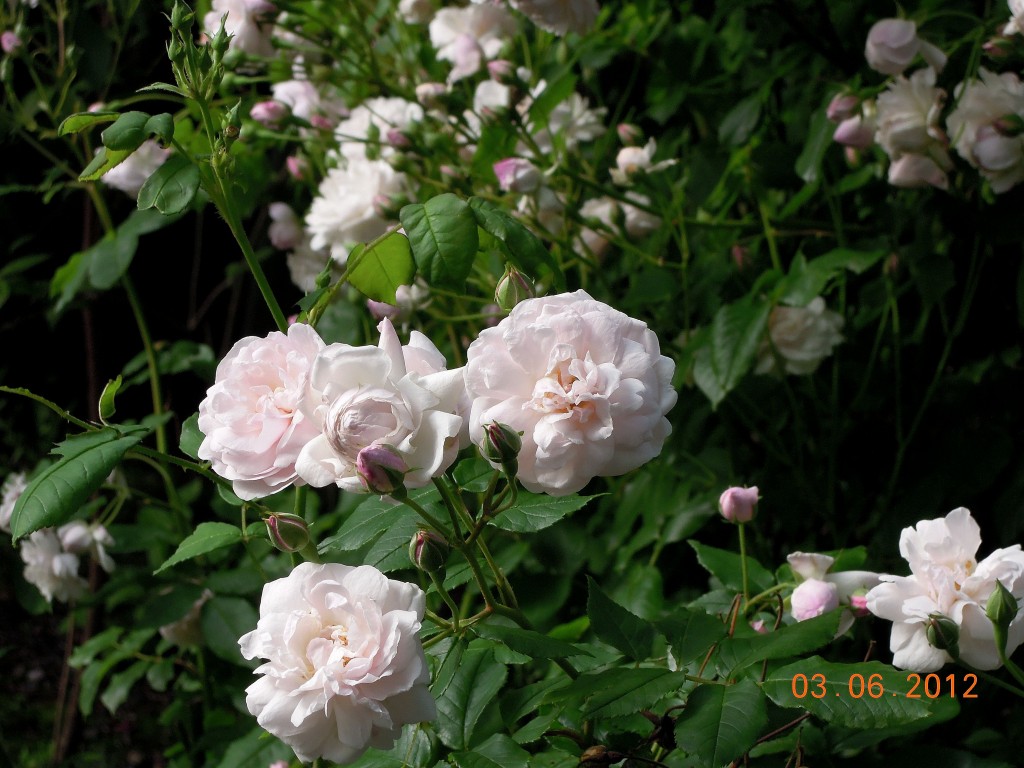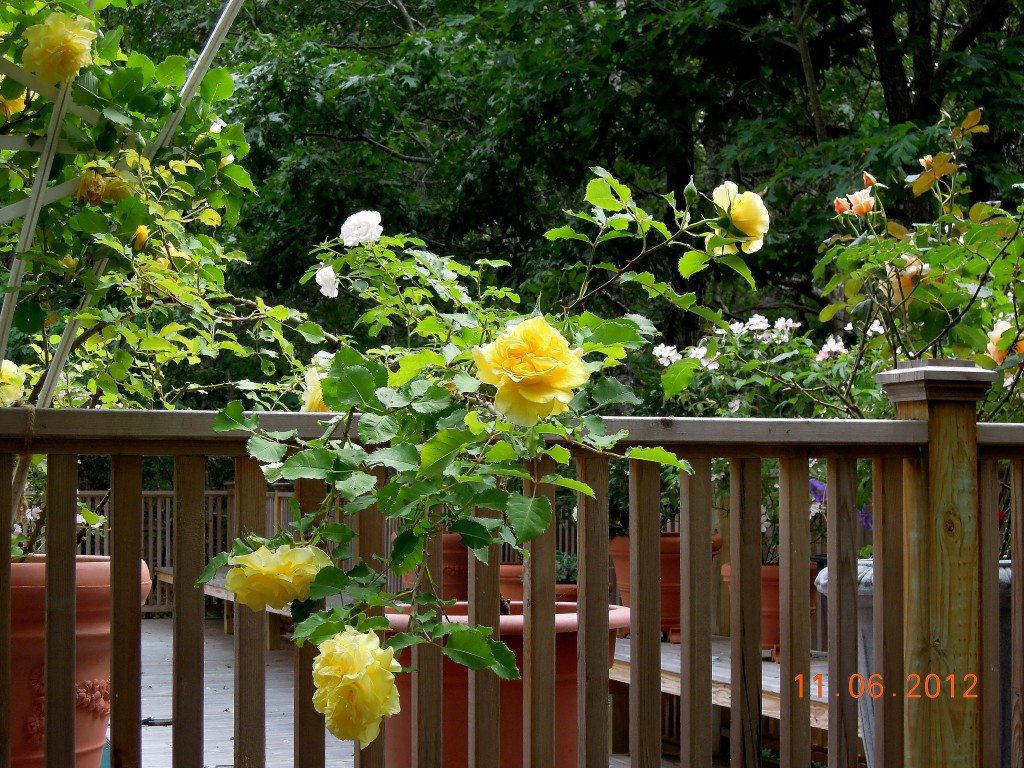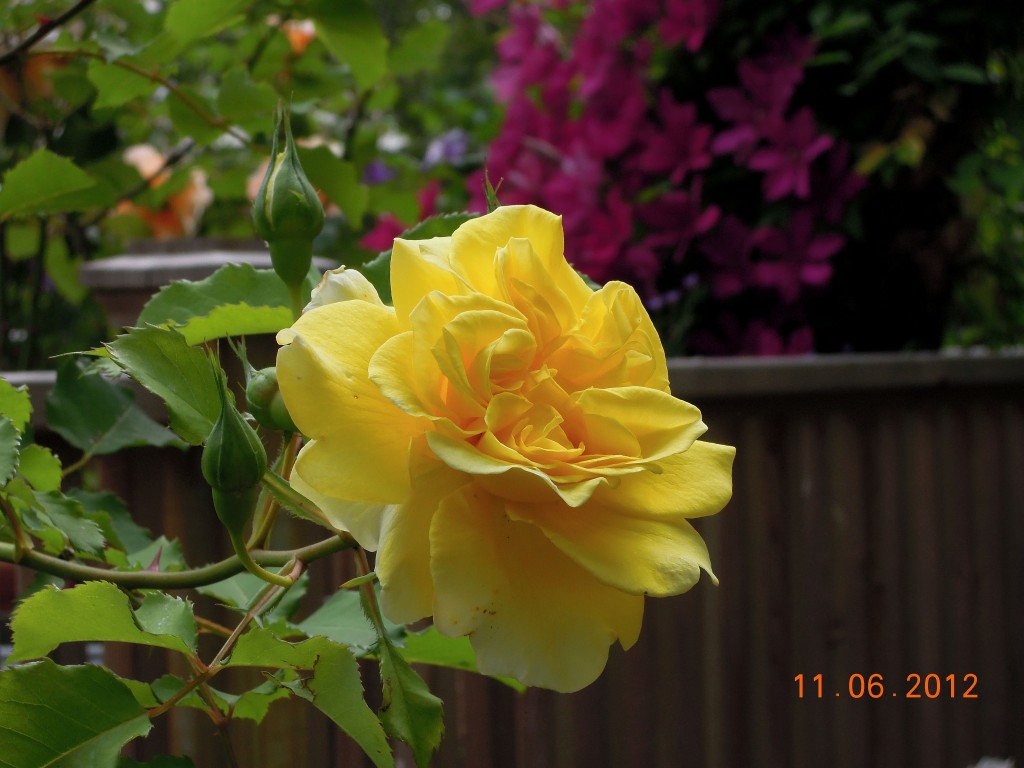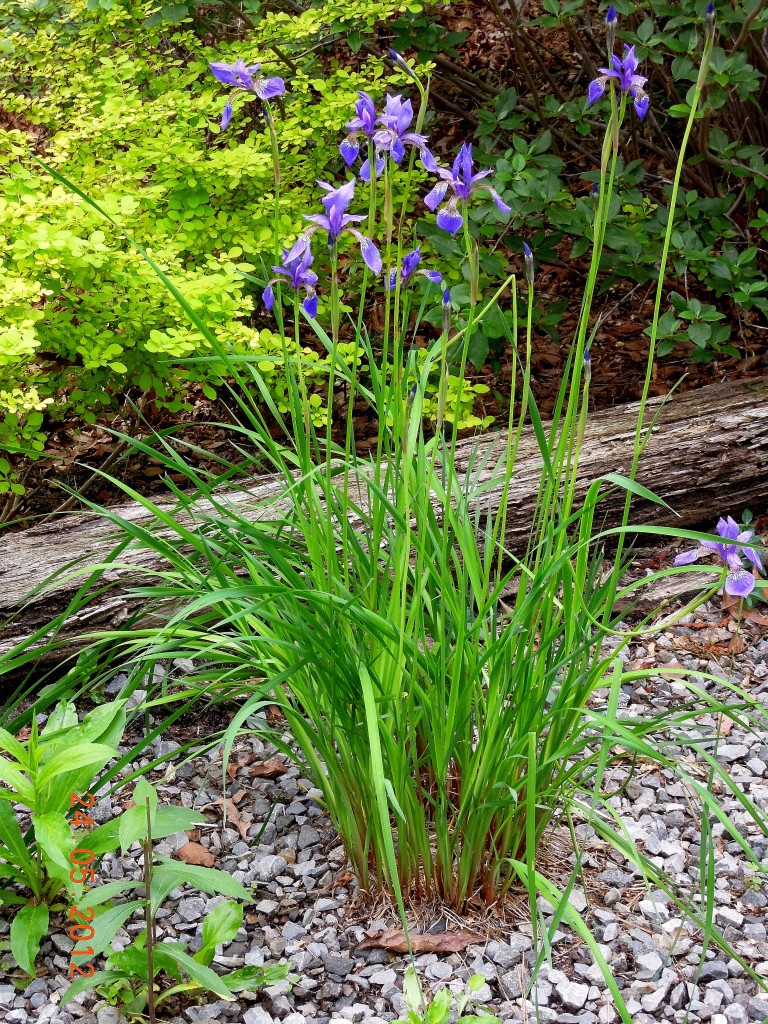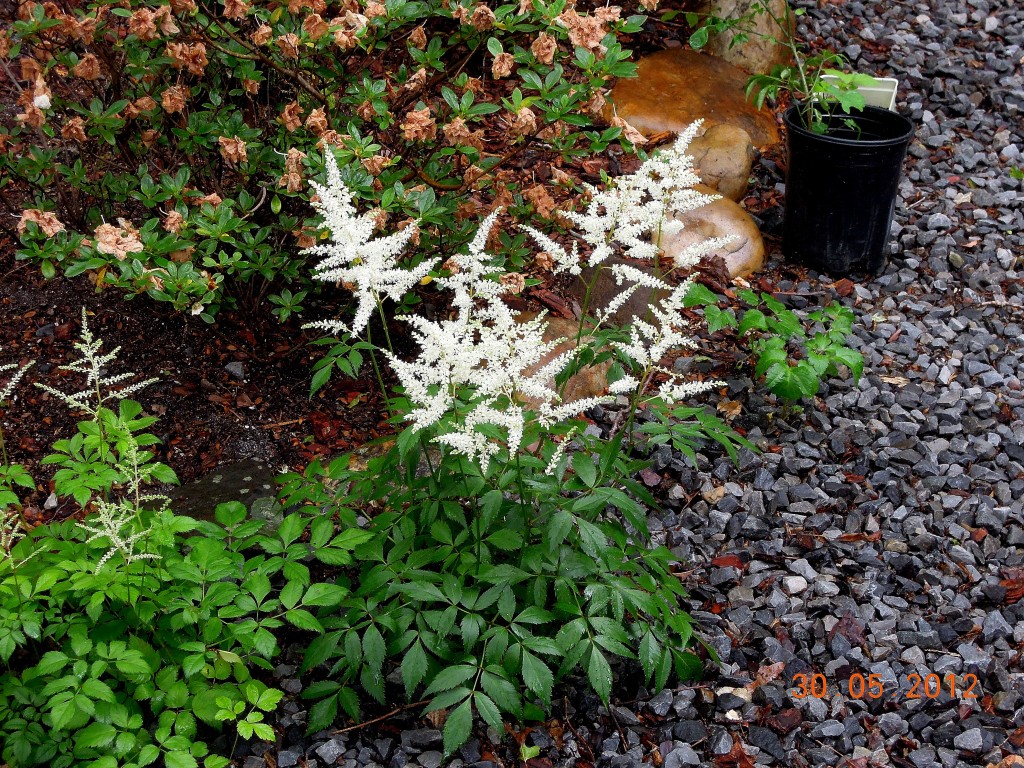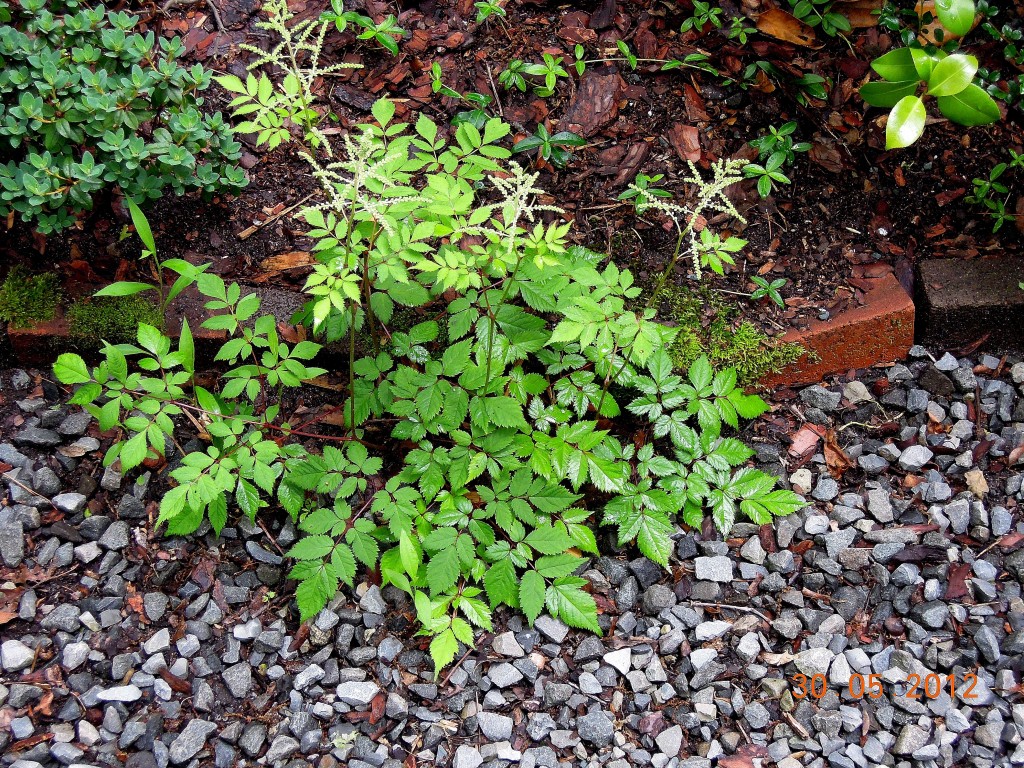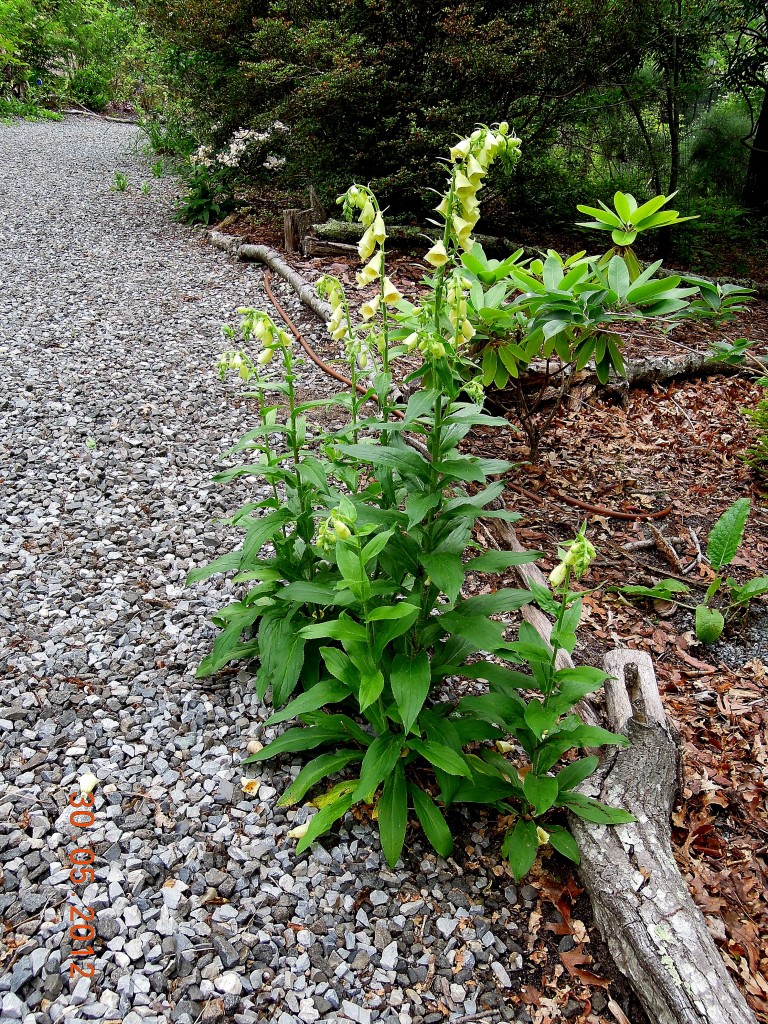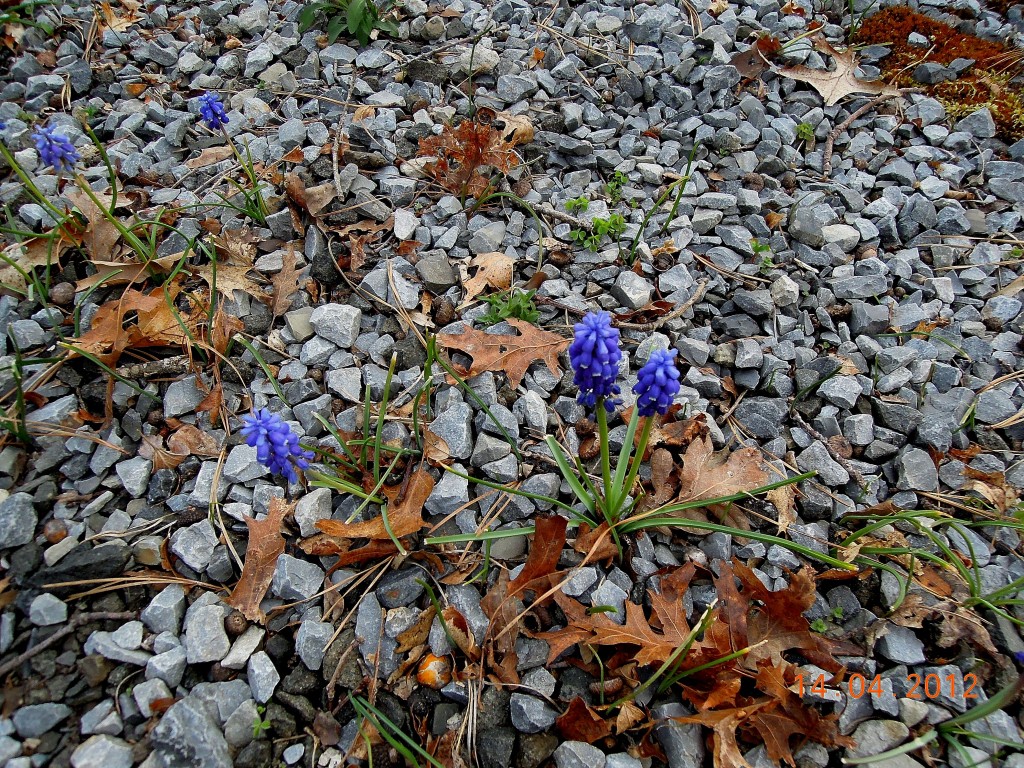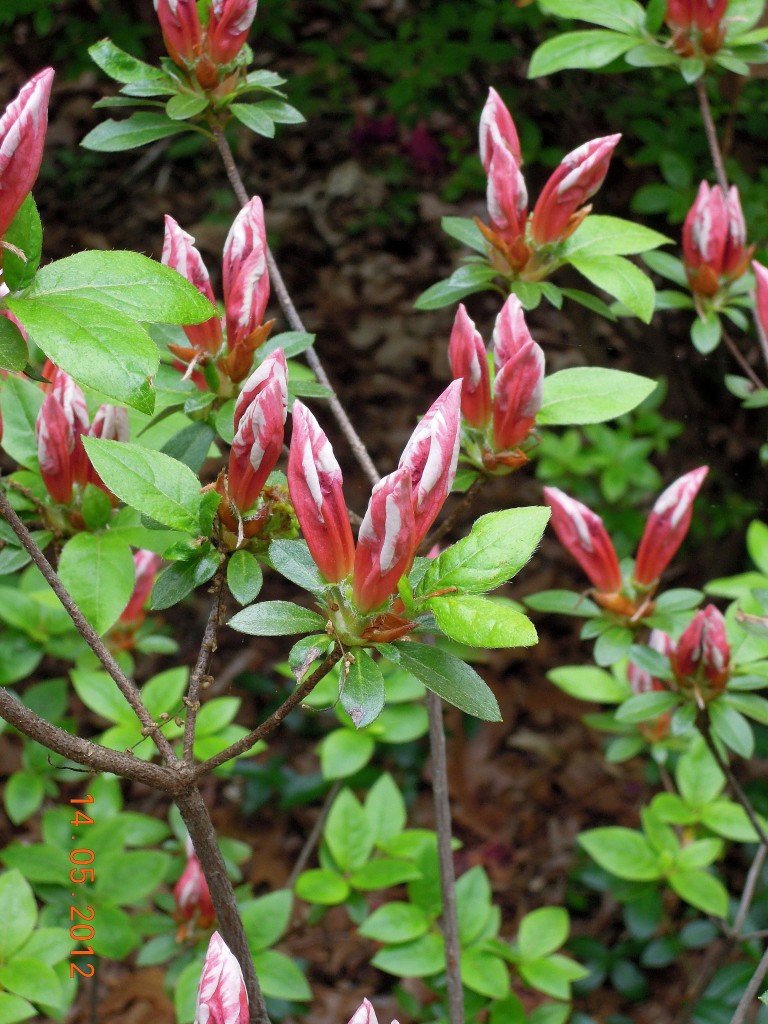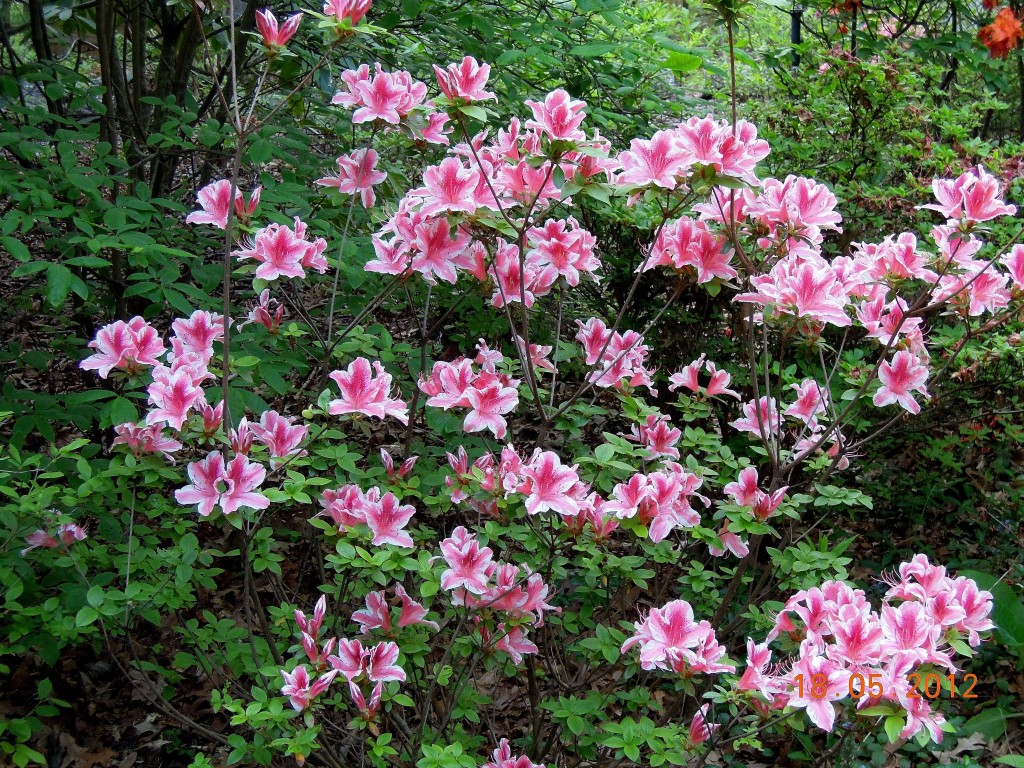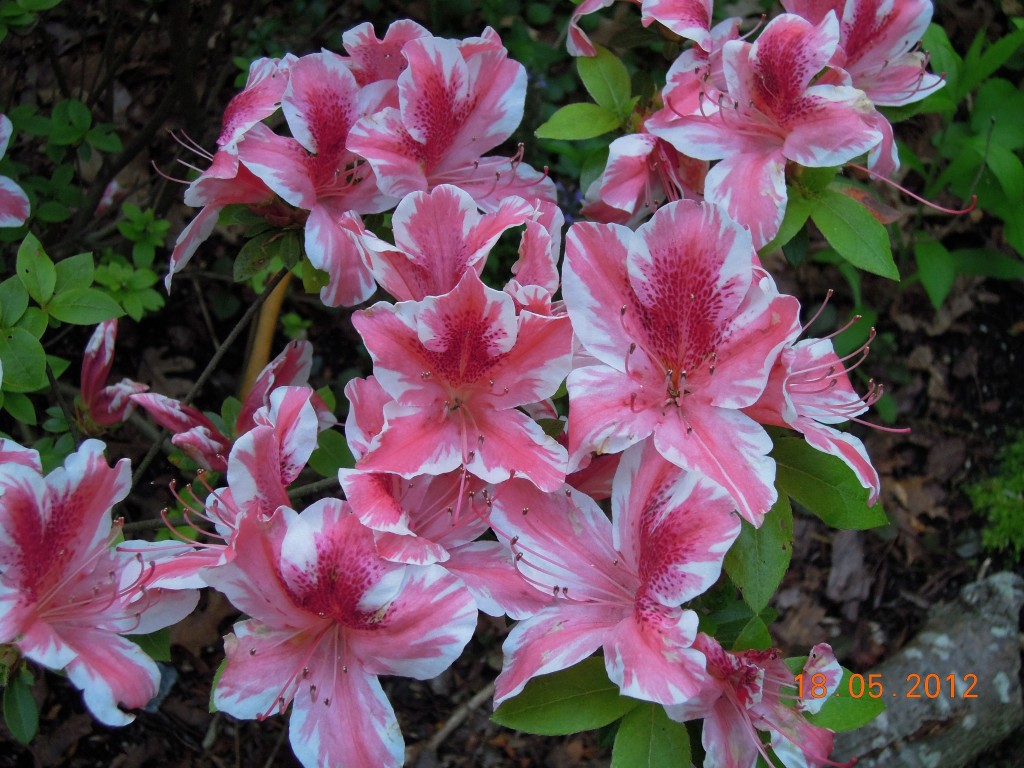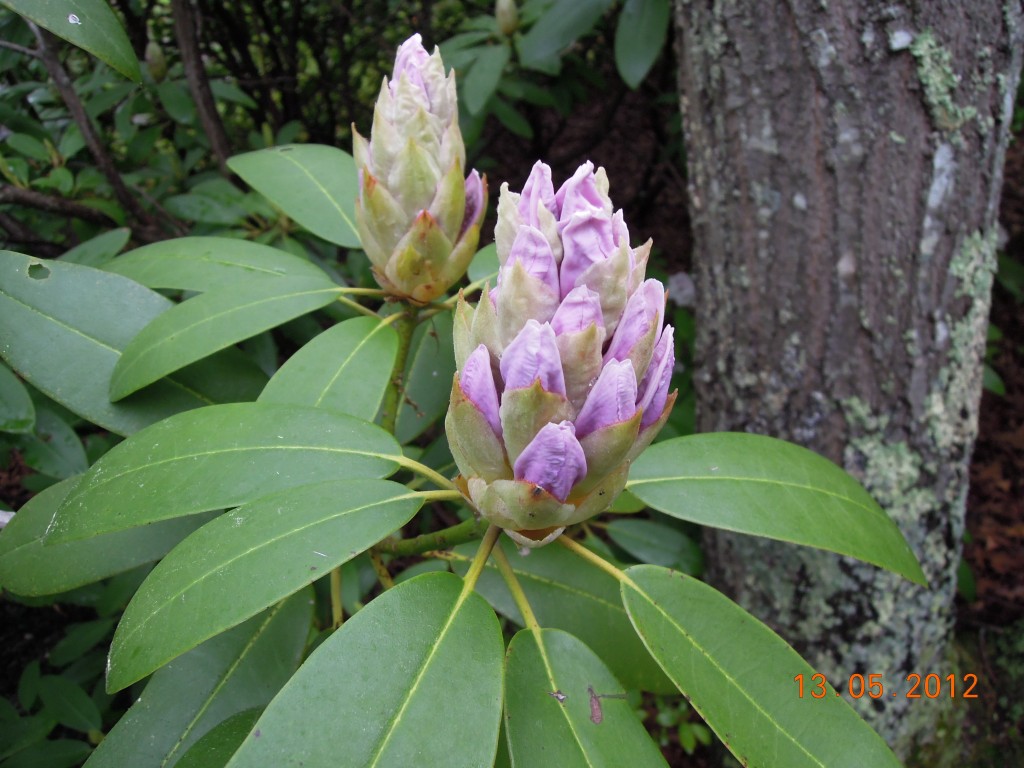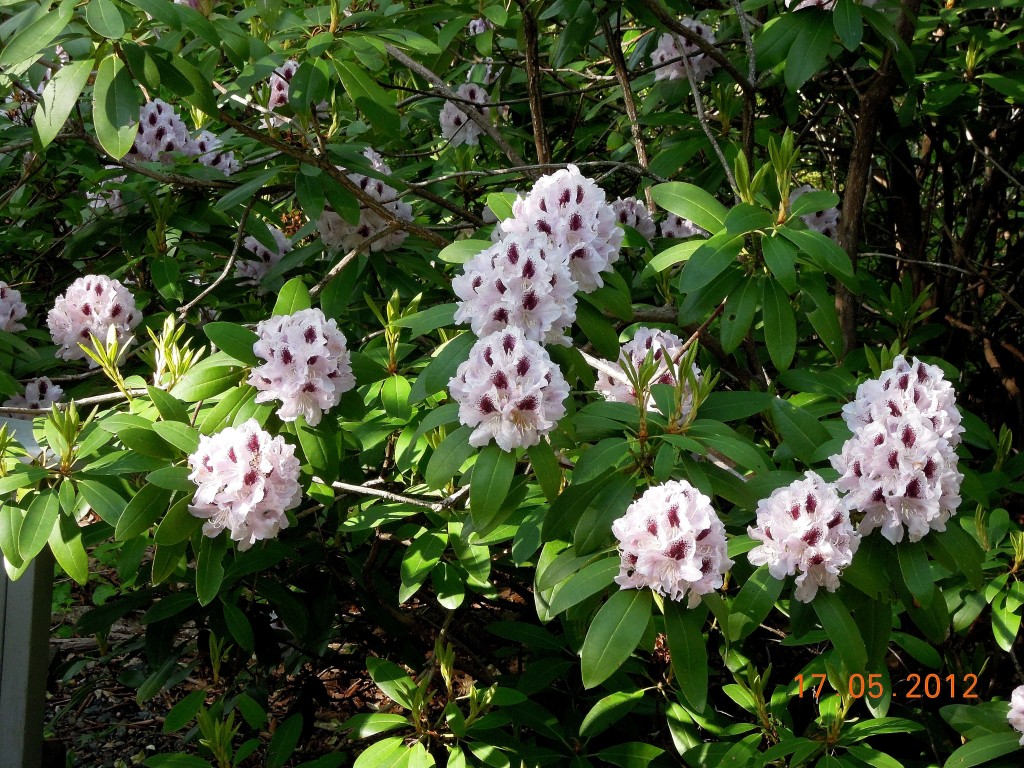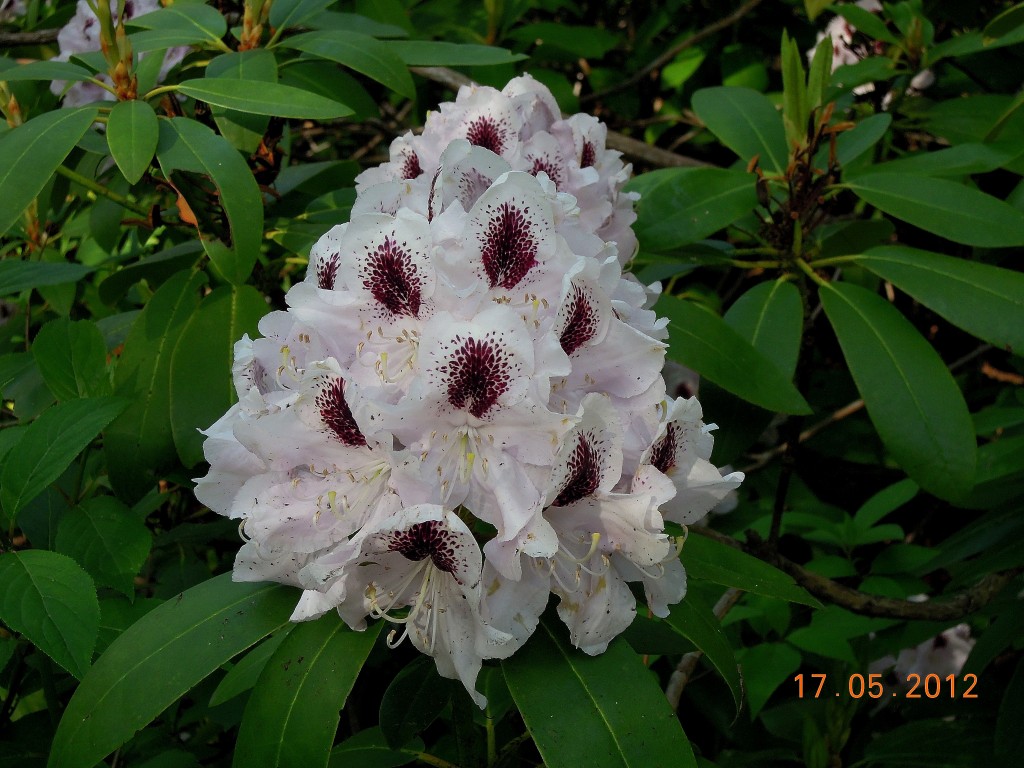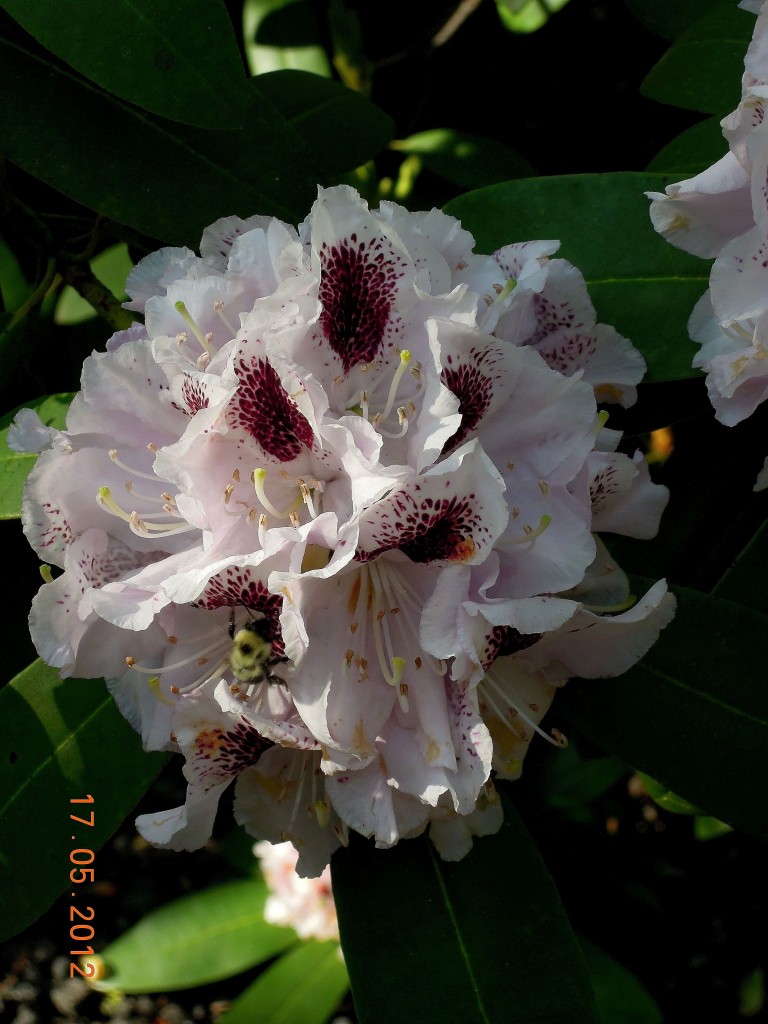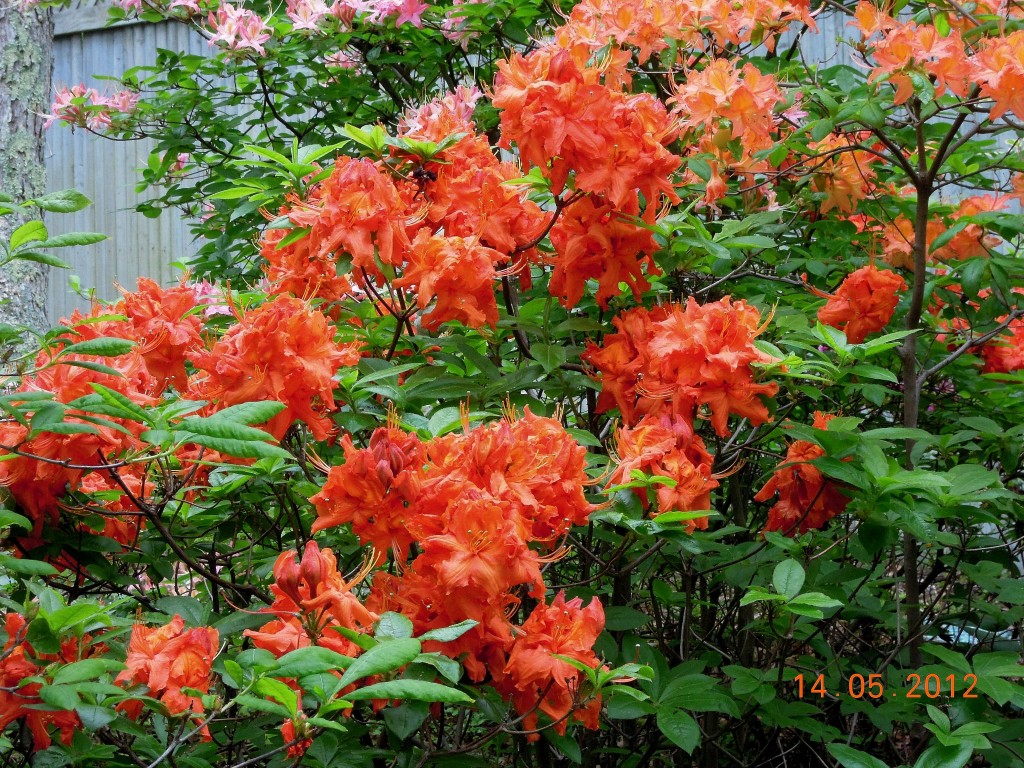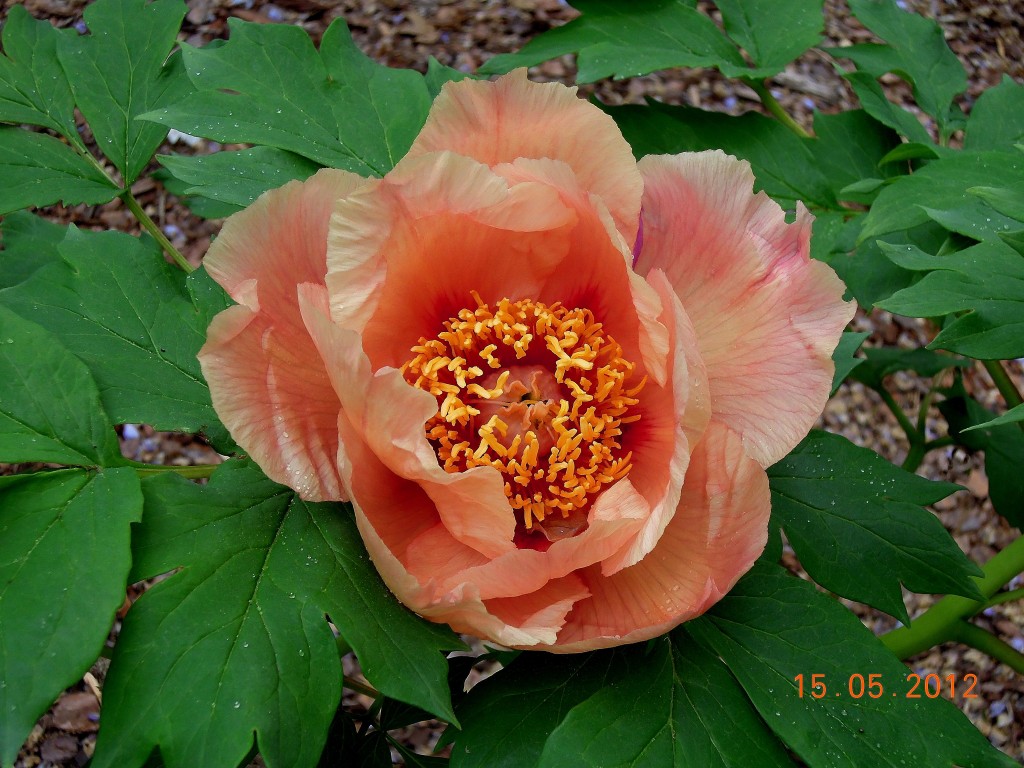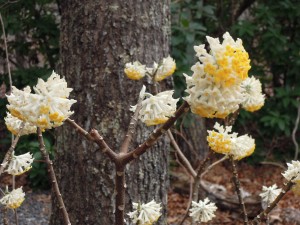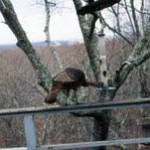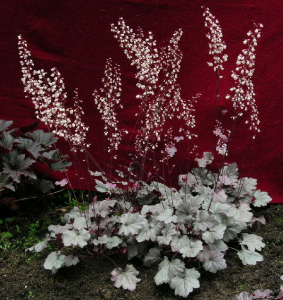Winter is here. The plants are asleep, safely tucked under a soft blanket of fallen leaves and dreaming of fragrant, warm Springtime breezes. A perfect time for me to snuggle up by the fire with a good book. Maybe one about gardening.
But not a garden book crammed with monthly to-do lists, or plant lists, or lists of lists. Nor one dashed off by a writer who doesn’t garden, yet for some reason feels empowered to give gardening advice. A wrong turn if ever there was one.
No, I’m after a hands-in-the-dirt storyteller, a gifted writer passionate about plants and willing to tell-all about their gardening trials, tribulations, and joys.
Like Celestine Sibley. Sibley, who died in 1999, was a reporter and columnist for the Atlantic Journal and Constitution and the author of over a dozen books. My favorite, The Sweet Apple Gardening Book (Doubleday, 1972; Peachtree Publishers, 1989), is a wise and wonderful, homespun, often humorous account of her hands-on gardening life in rural Georgia.
“The doing is the thing,” she said about gardening. “And if by some happy chance you should have a little success, ah, the satisfaction that is!”
Just consider her experience with roses. At first she styled them “an exclusive club that blackballed me at every meeting.” And then suddenly her luck changed when she discovered “a rosebush with the will to live”, a mislabeled “nameless little pink semiclimber that gives me a bloom or two almost every day between April and October. Not enough to set a rosarian’s pulses hammering, I know, but one of its blooms on the table in a rose-painted cream pitcher … makes me feel like a millionaire when I sit down to breakfast.” (Haven’t we all had a similar experience?)
And I relish her take on pest prevention:
“There’s a Theory circulating among my friends and neighbors that I don’t rise up and do battle against the creeping, crawling, hopping, flying, boring, sucking wild life that makes free with my garden because I’m either too lazy or too squeamish …. And while there’s an element of truth in this theory, it’s not the whole truth …. I do worry that I might kill villains and heroes indiscriminately ….”
Common sense also prevailed when she commented on Vita Sackville-West’s idea to plant an apple seed in a flower pot to commemorate a birth, and then to watch, according to Sackville-West, ‘the growth of the infant tree keep pace with the growth of the human infant.’ “It’s a happy idea,” said Sibley, “but if you’re in a hurry and more interested in fruit than ceremony you might do better to buy a dwarf tree. After all, the baby has passed the seed stage and the tree might as well be up, too.” Amen!
A great admirer of Thomas Jefferson’s fifty-eight years of meticulous garden record-keeping (“How I love that Garden Book!”), Sibley most appreciated the planning bits. “Mr Jefferson did a lot of this”, she said, “and along about mid-July I wish that I had done the same. That is the season when the what-might-have-been’s get you. It’s too late to plant many of the things that you really meant to get into the ground last spring. Maddeningly enough, you can’t even remember what many of them were.”
Finally, in the Epilogue of the 1989 edition of the book, Sibley summed it all up:
“Since I wrote this Book 17 years ago I have edged forward a bit and I have backslid a bit. My garden knowledge and accomplishments have been — to use both a scriptural and horticultural reference — no bigger than a mustard seed, but my pleasure in working the earth has doubled and redoubled.”
Double ditto for me.
How I love this garden book! I think you will too.

